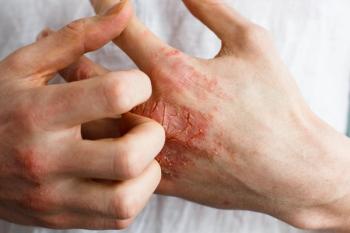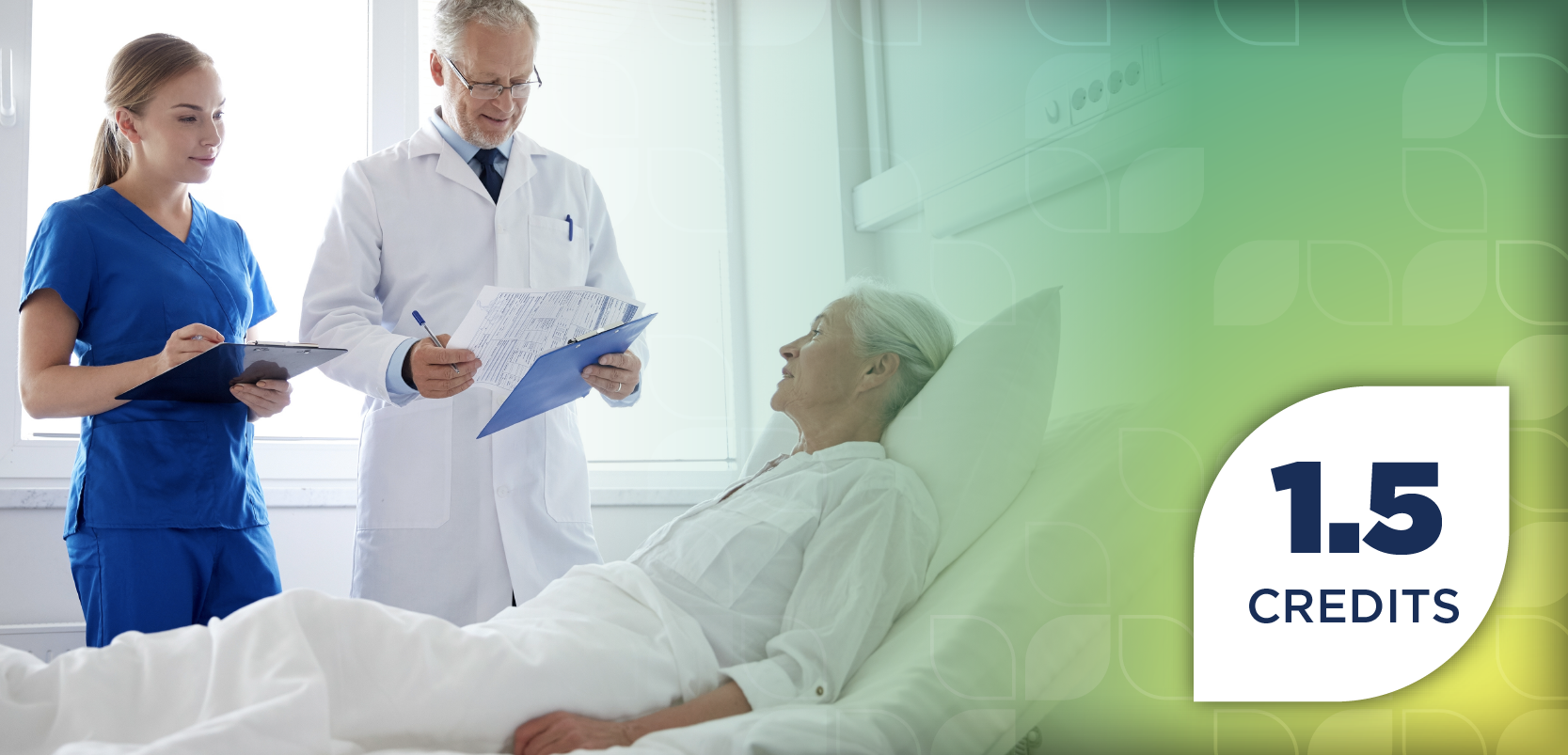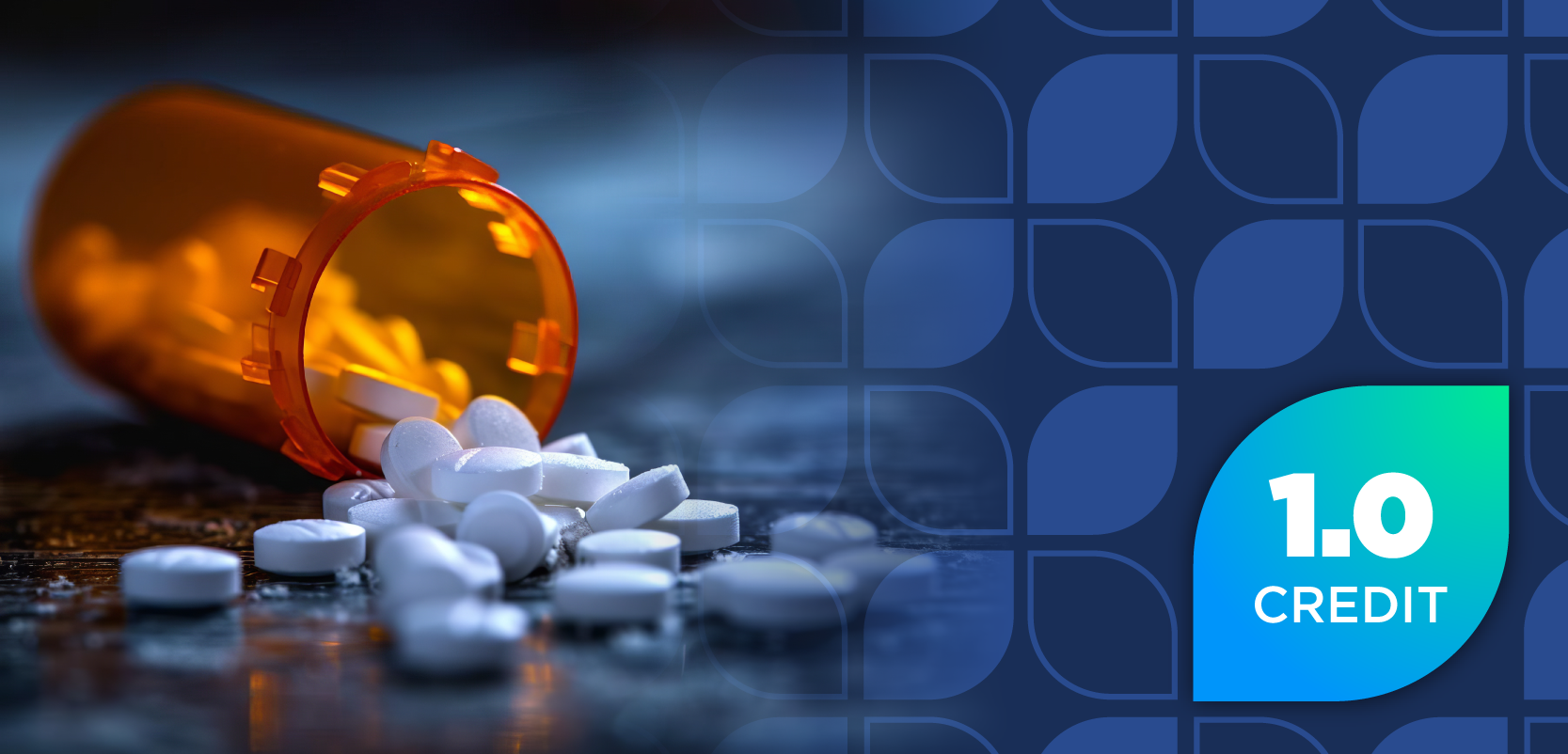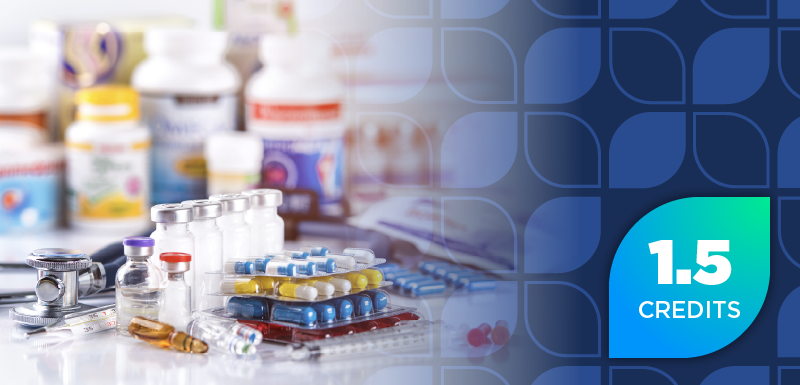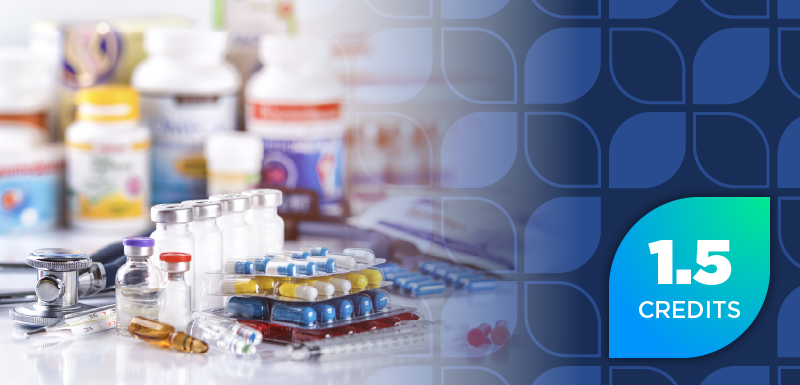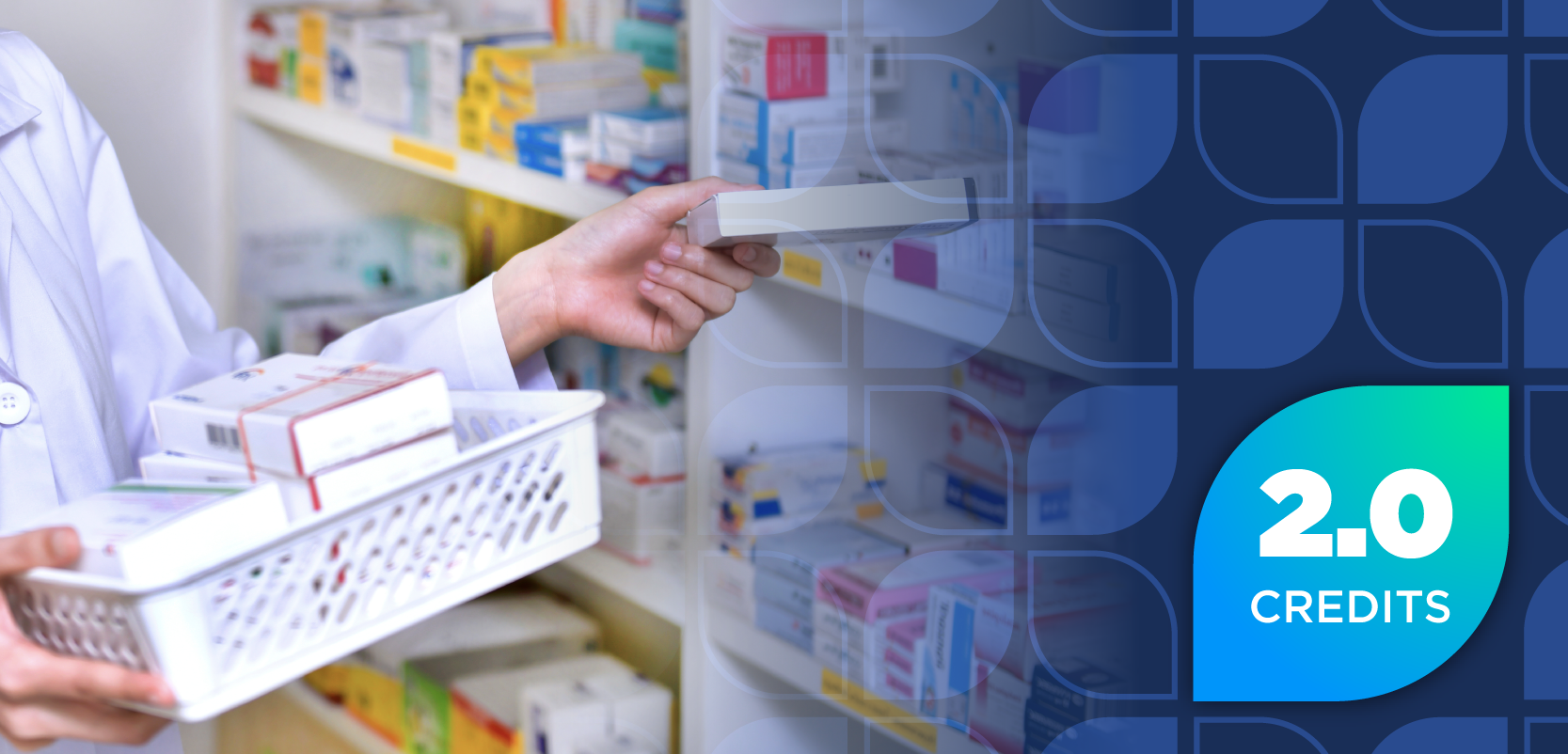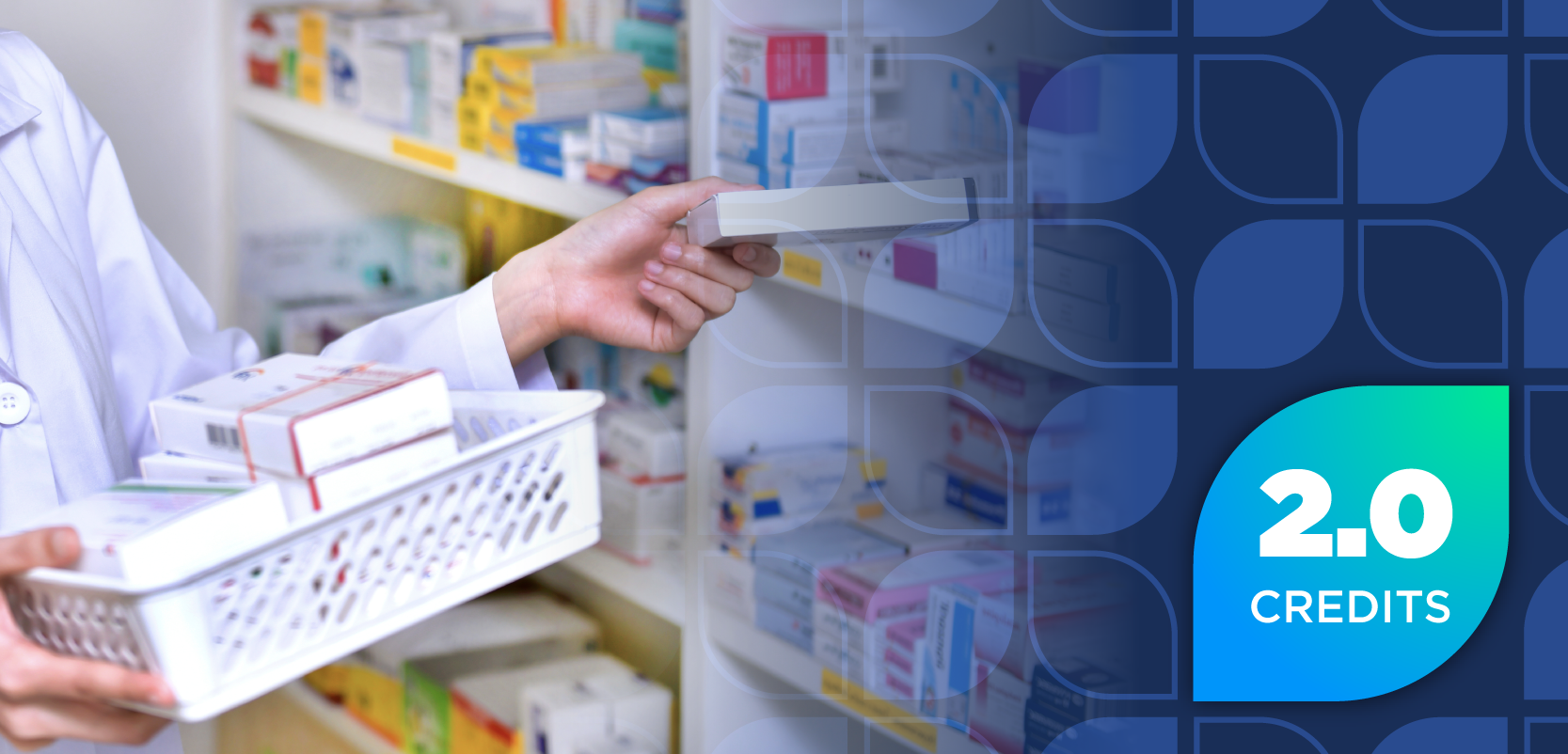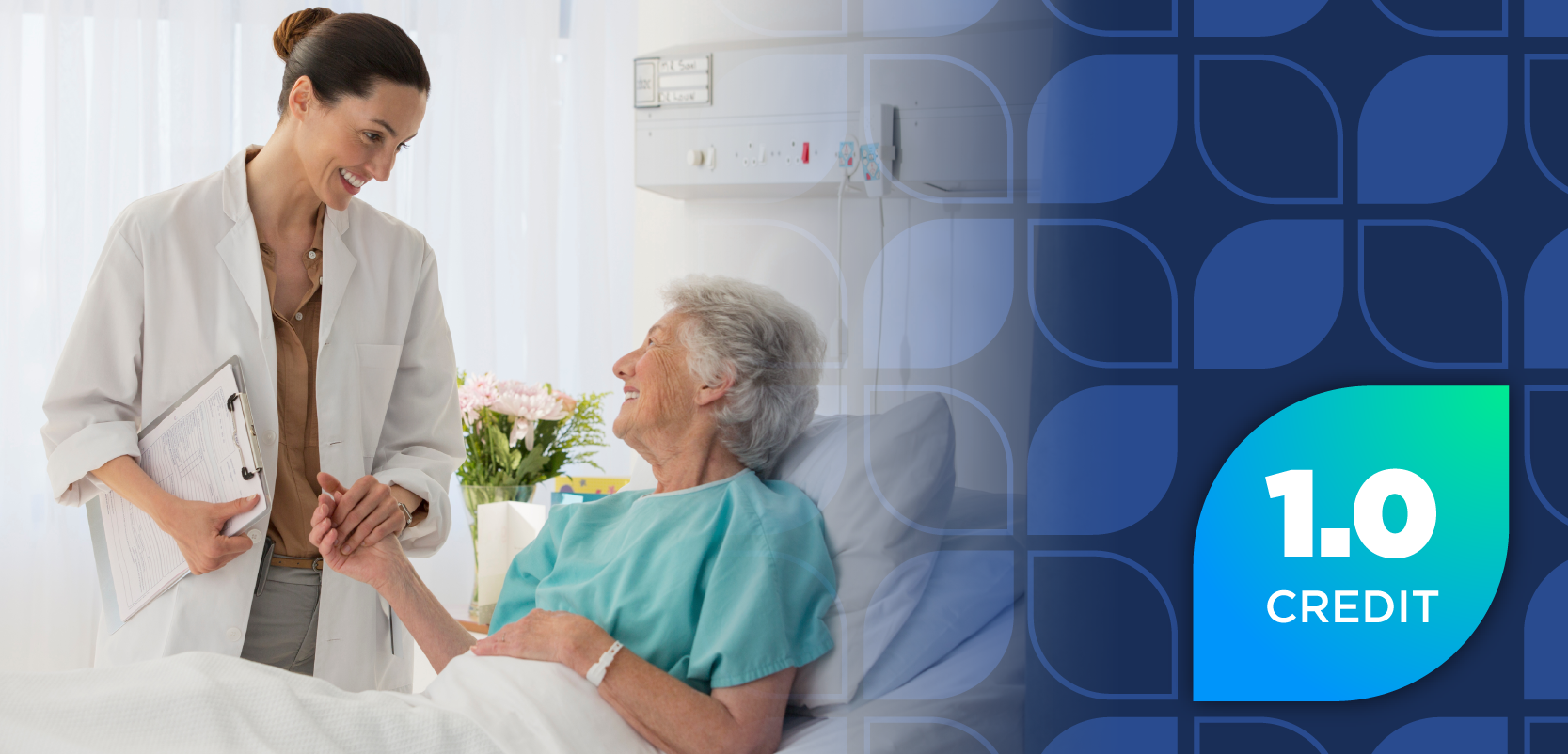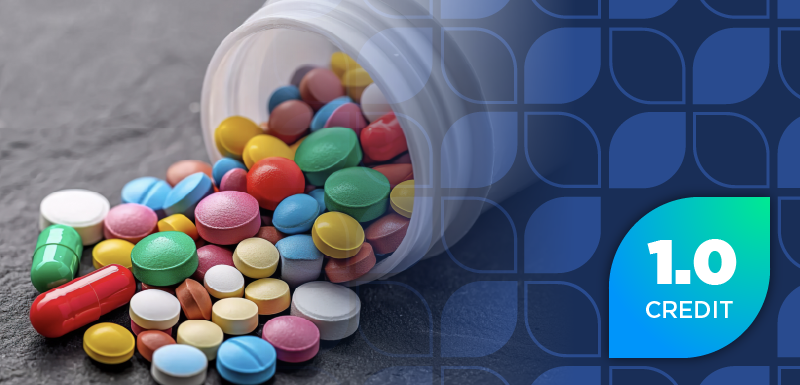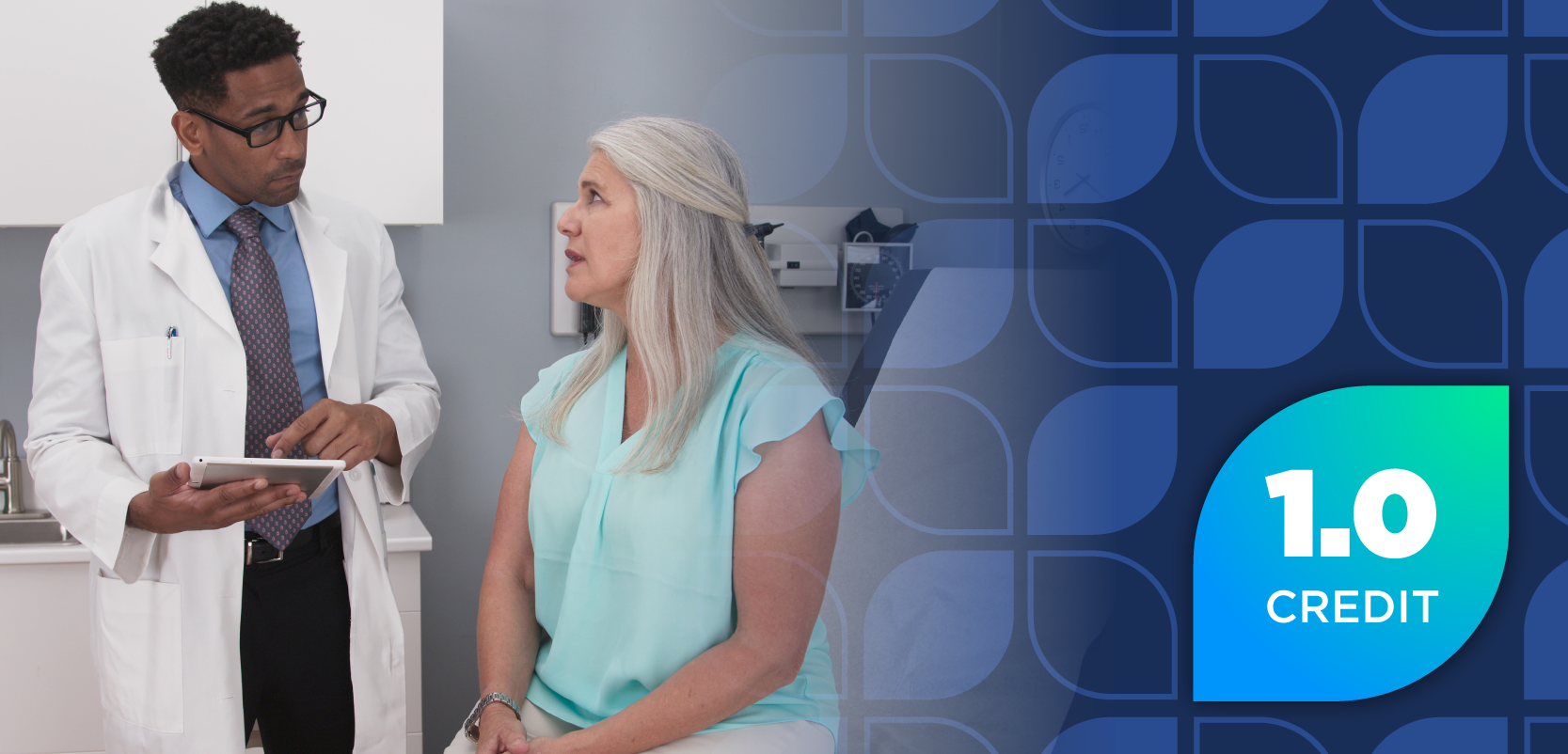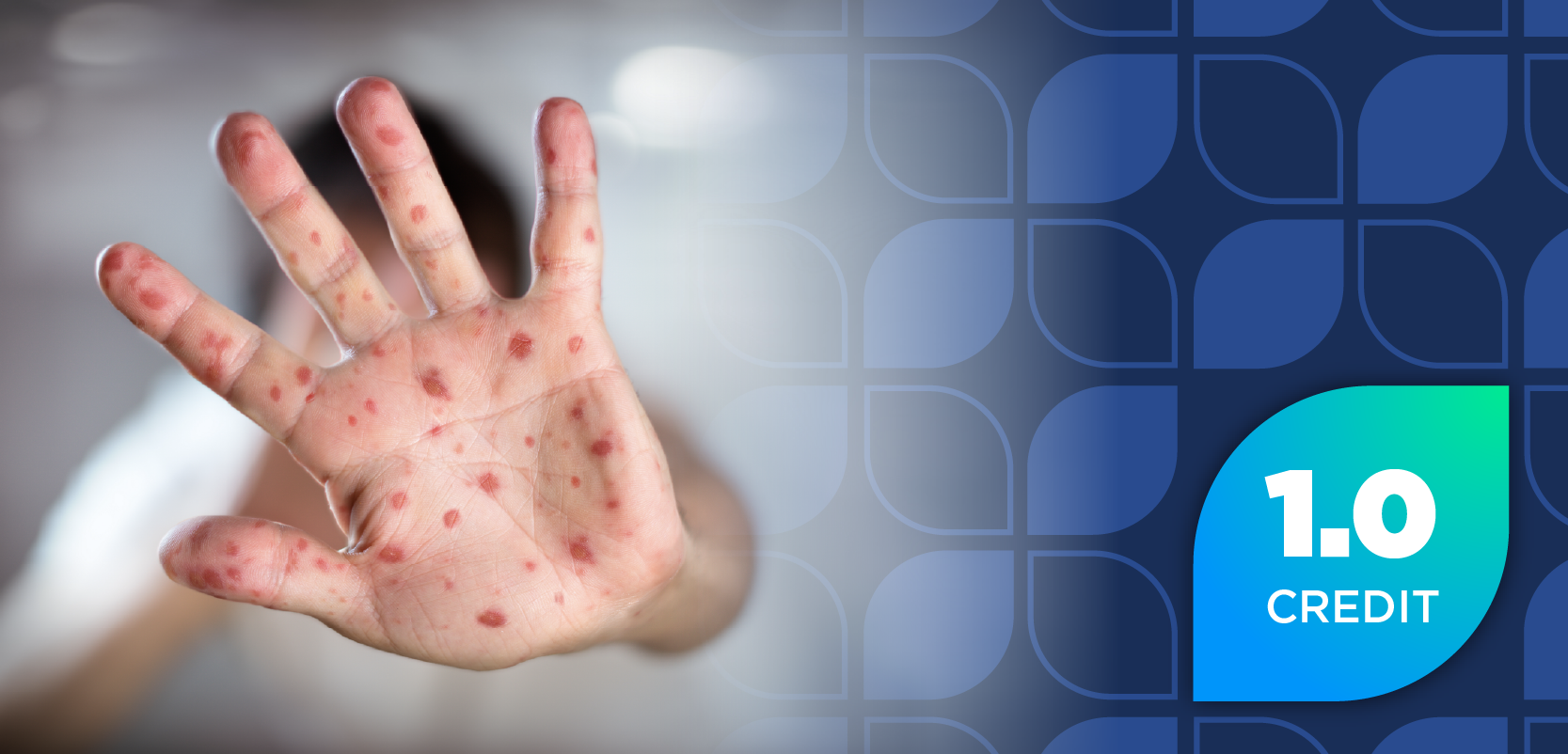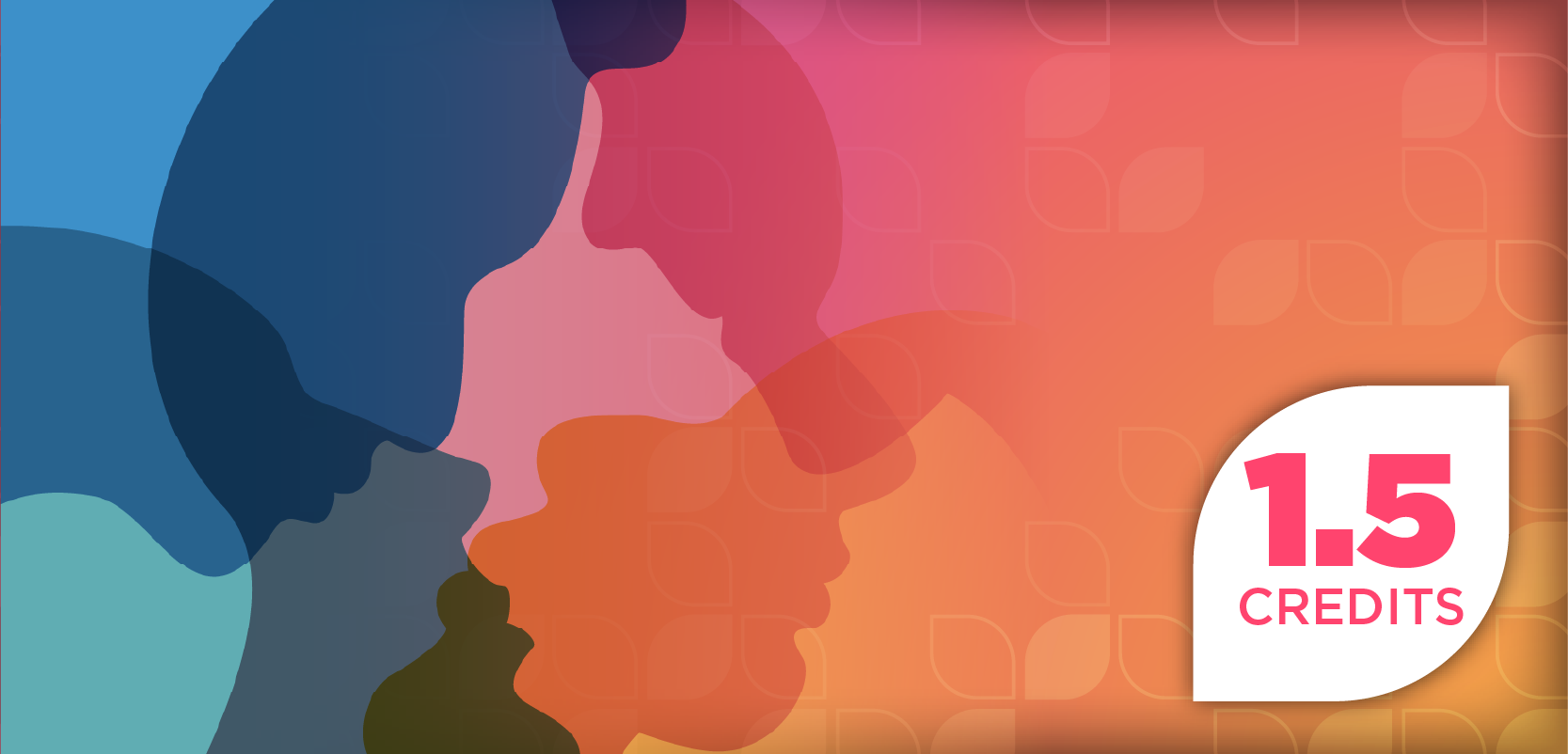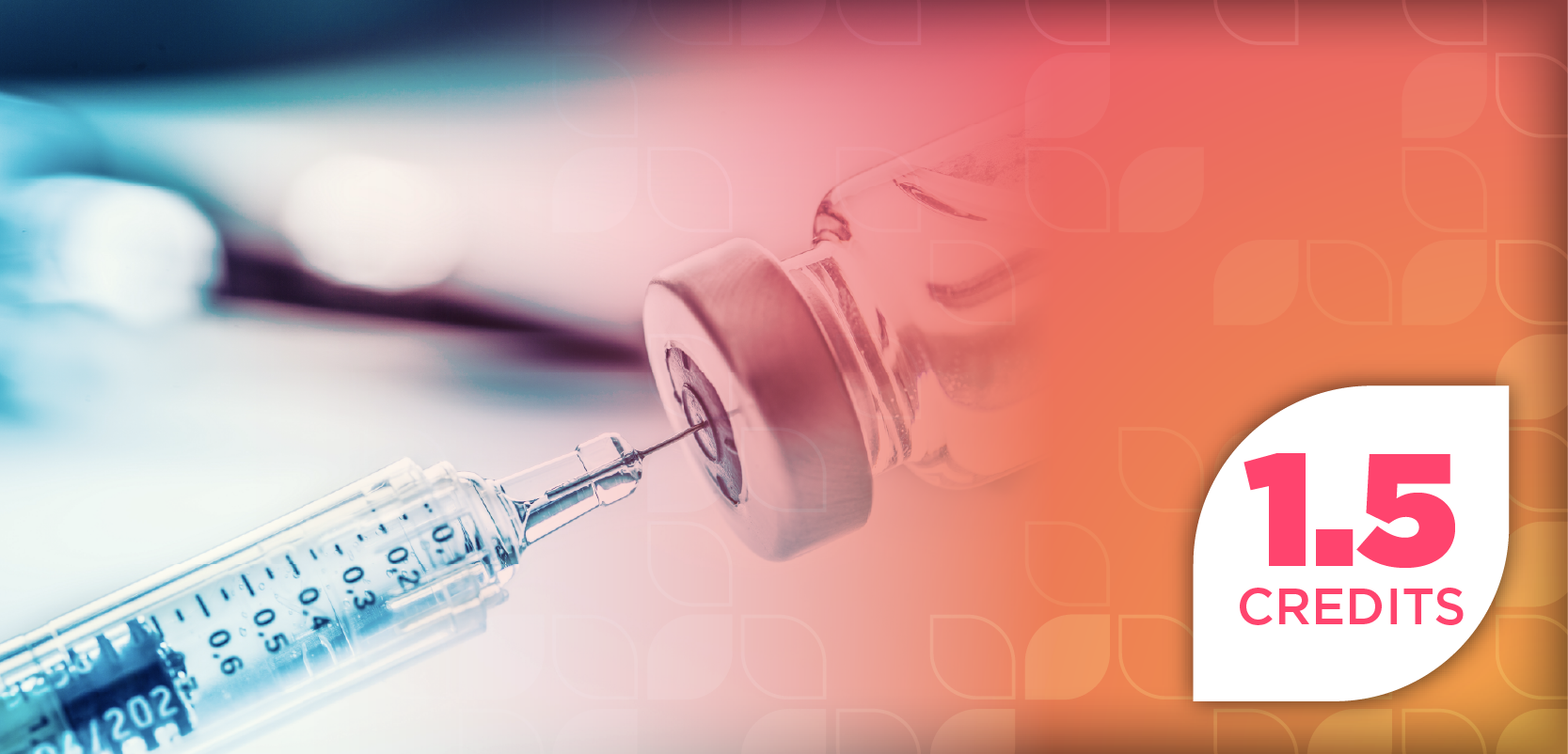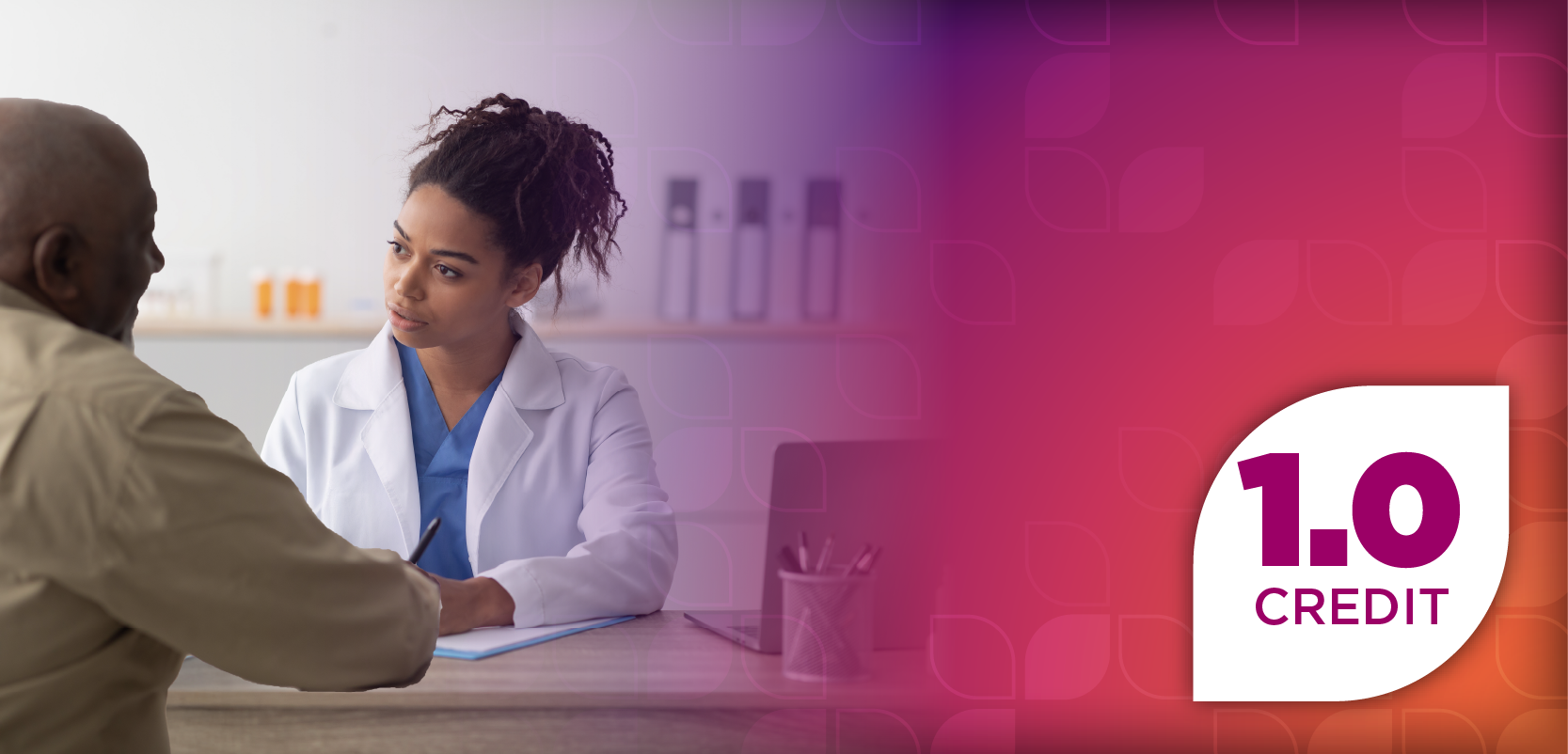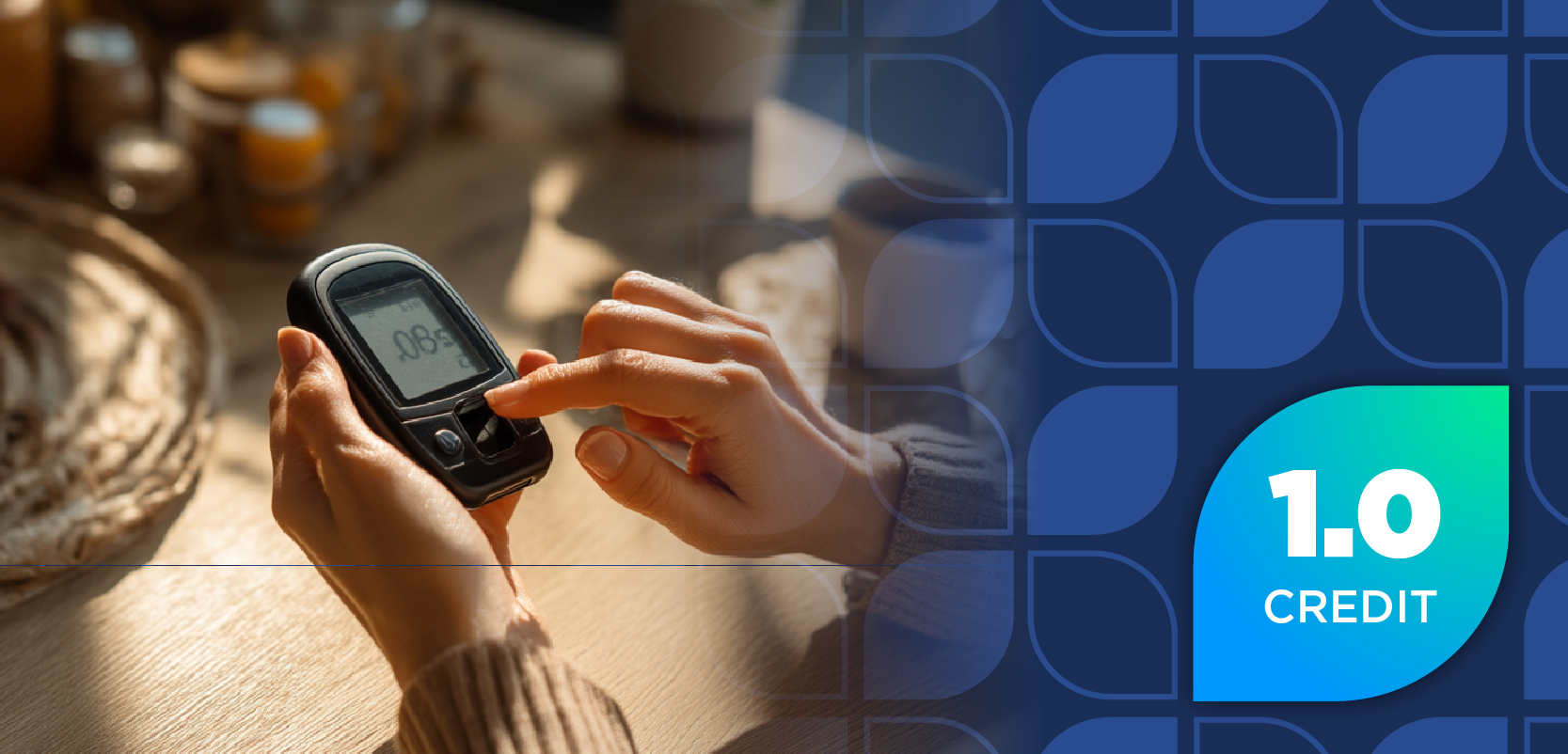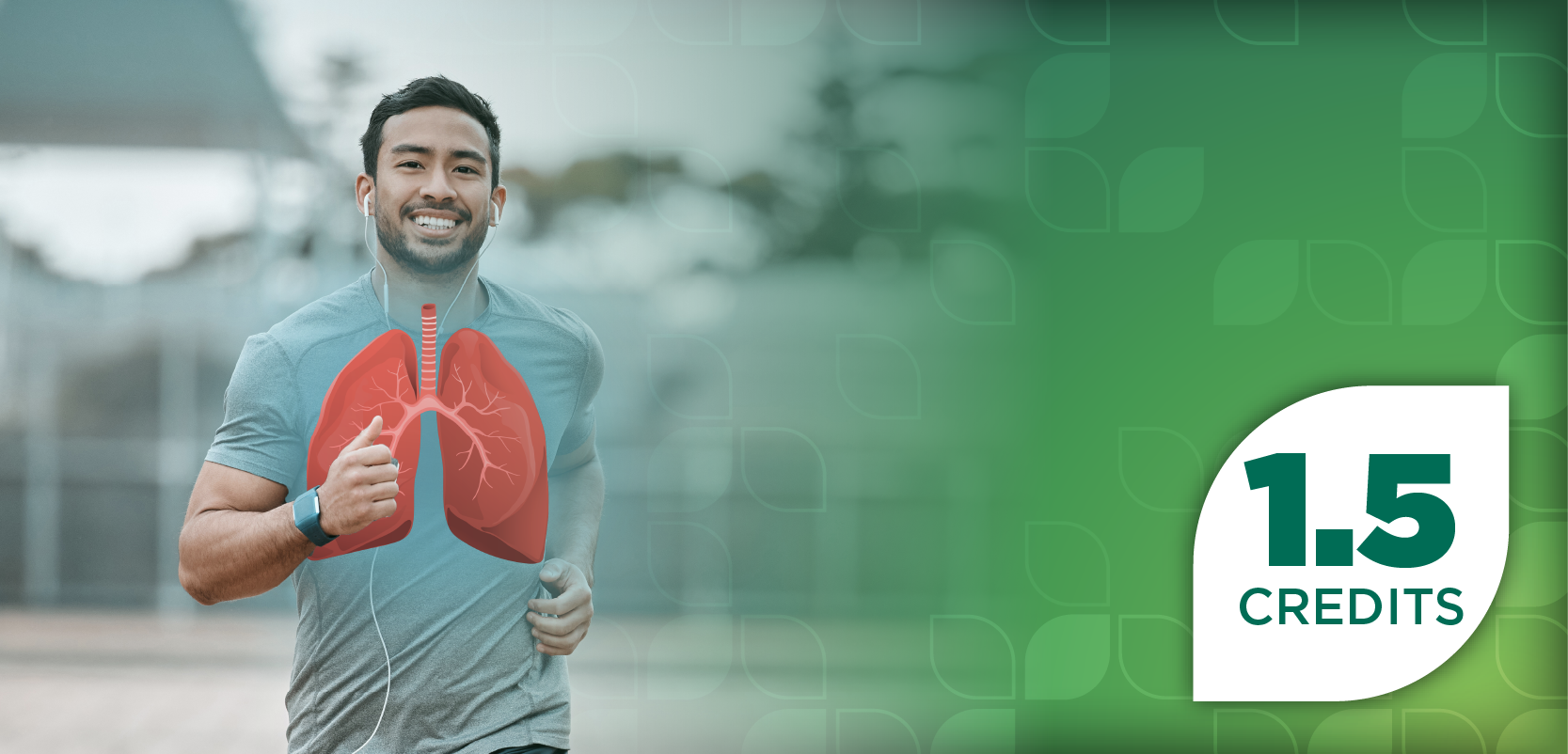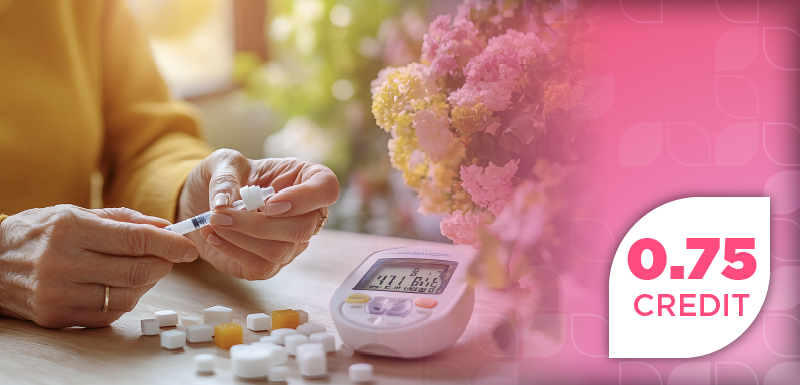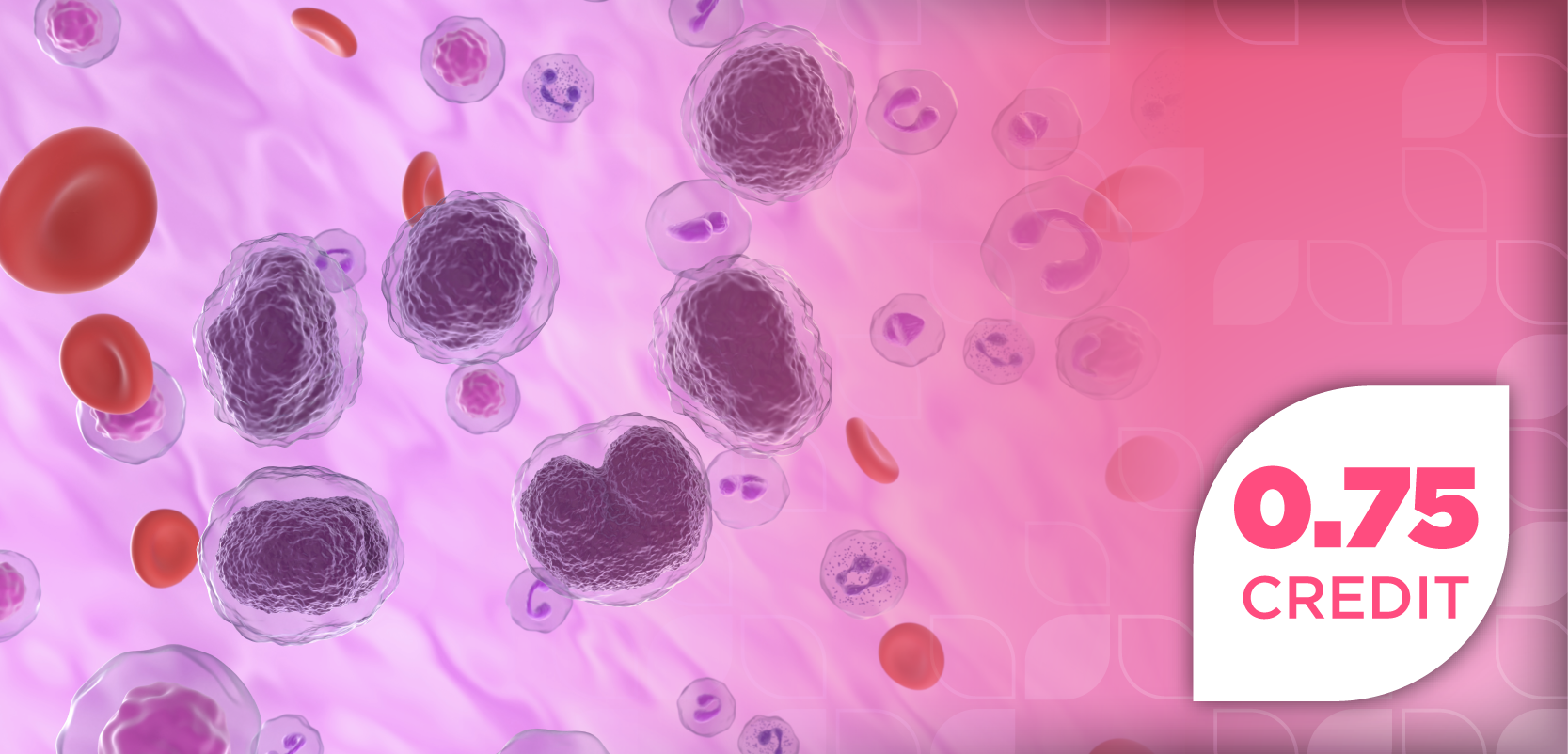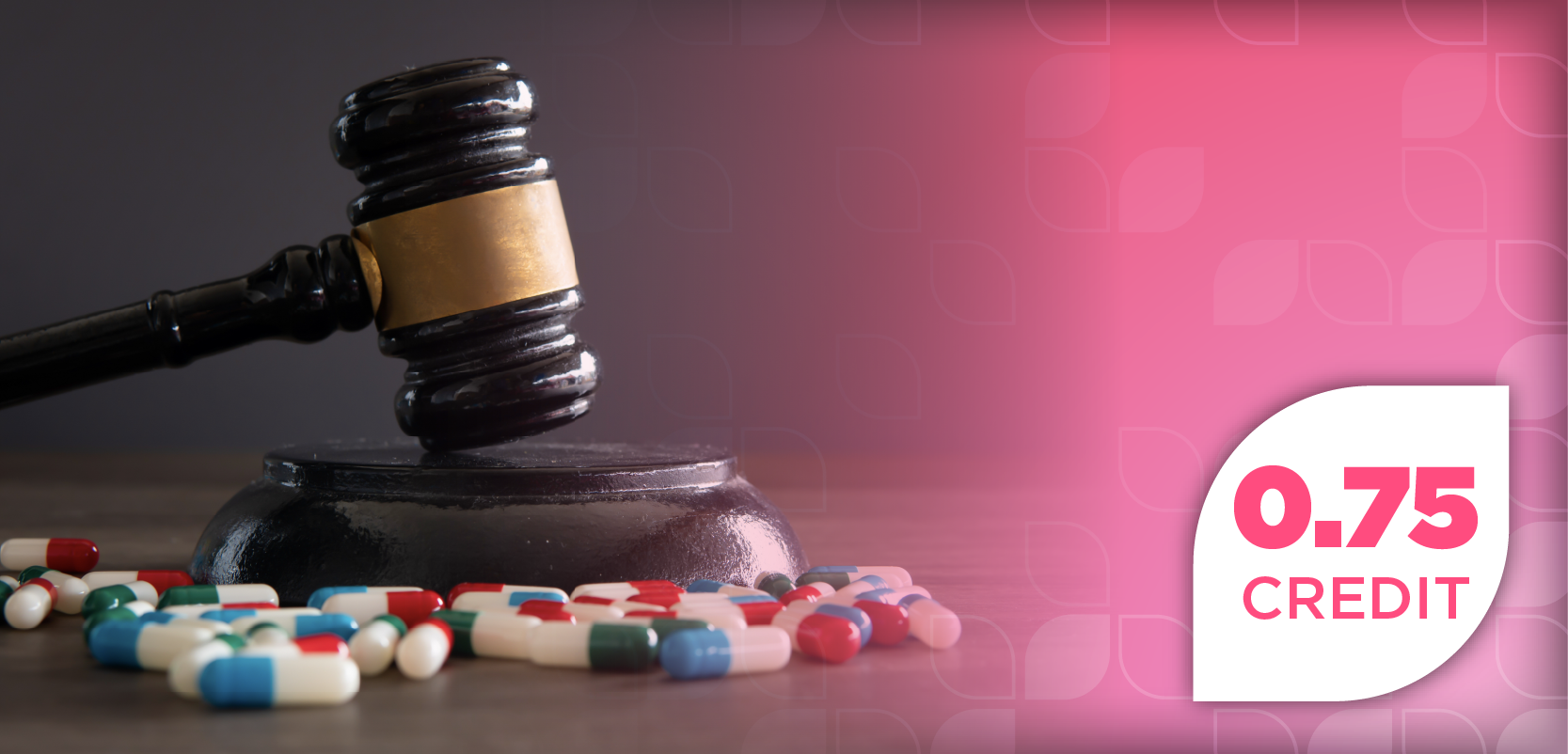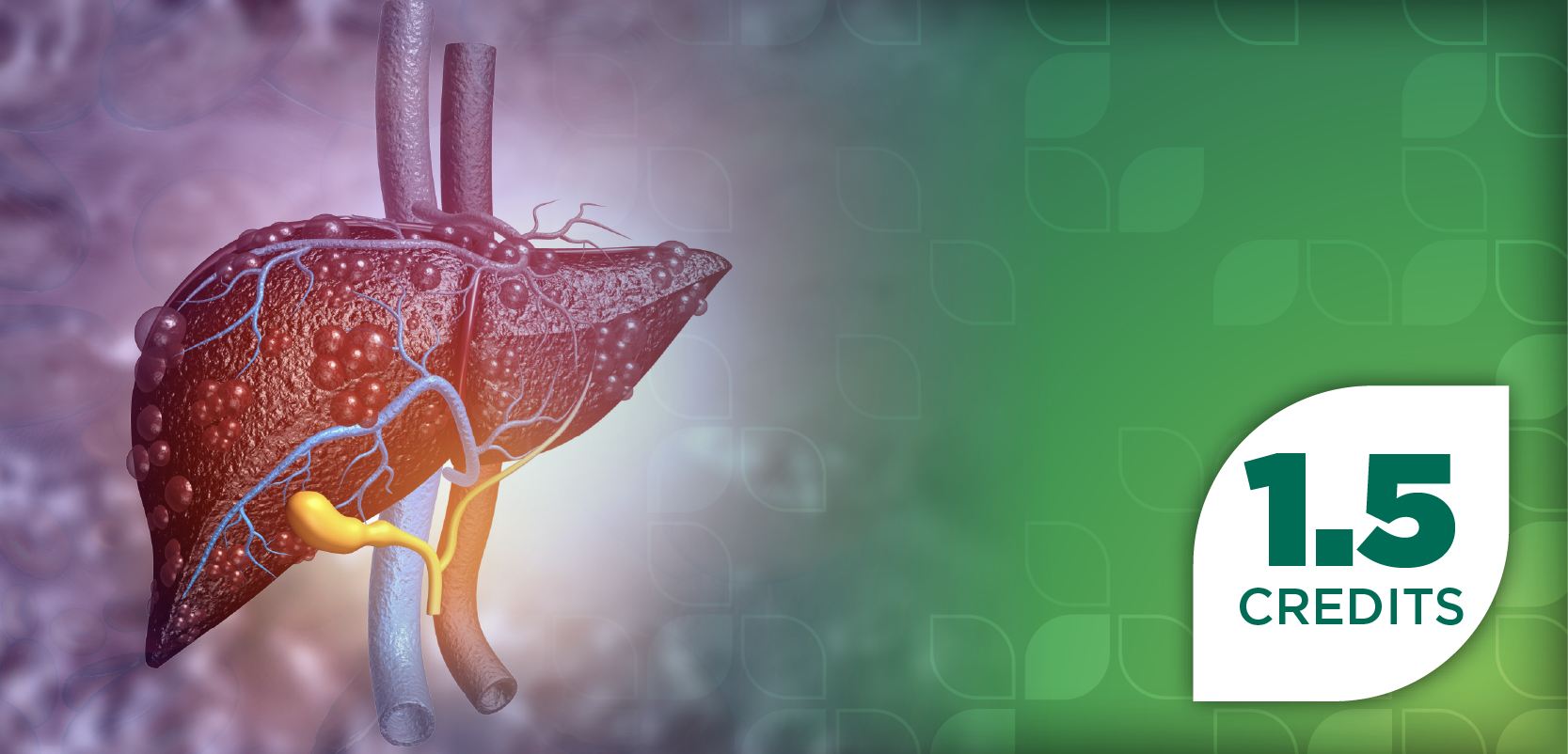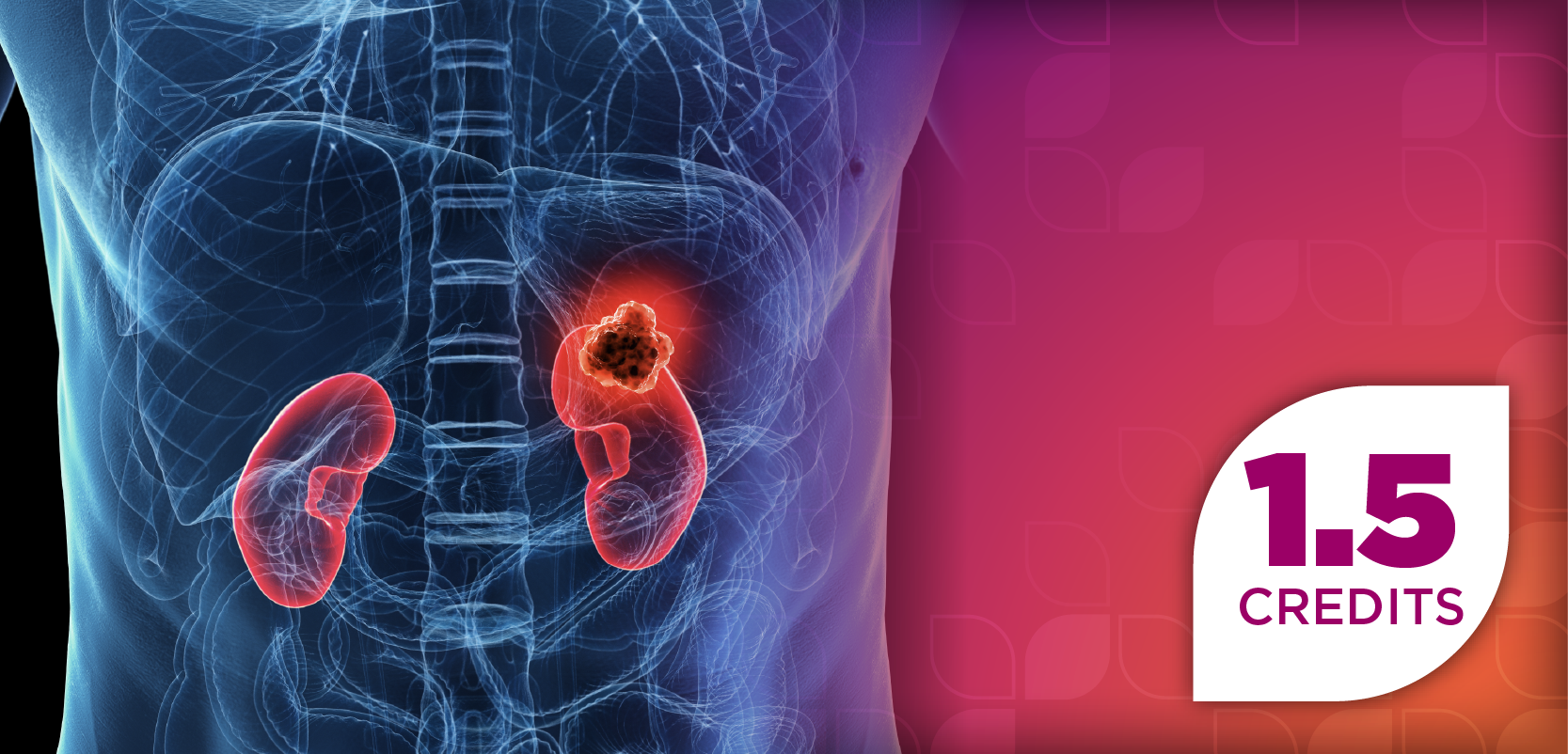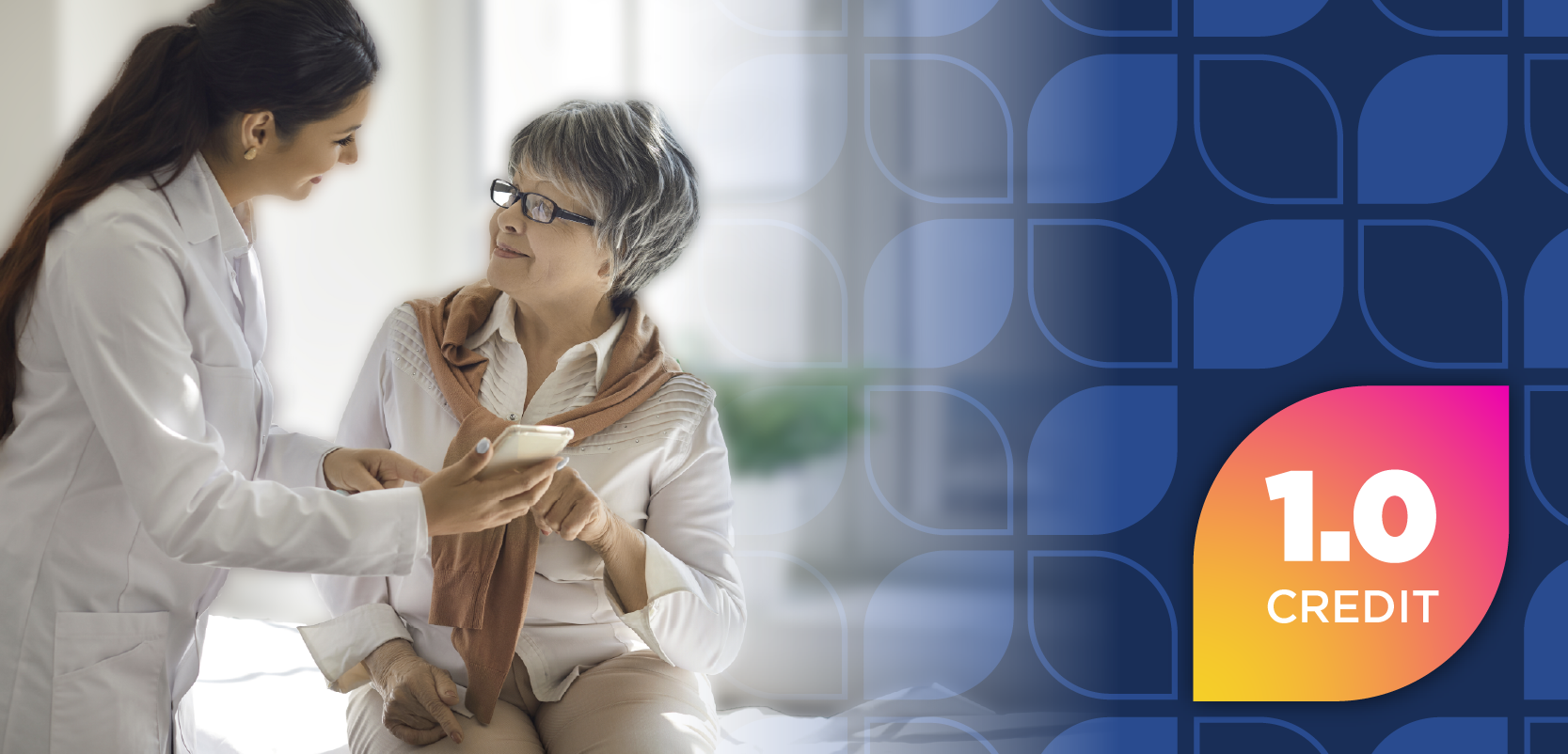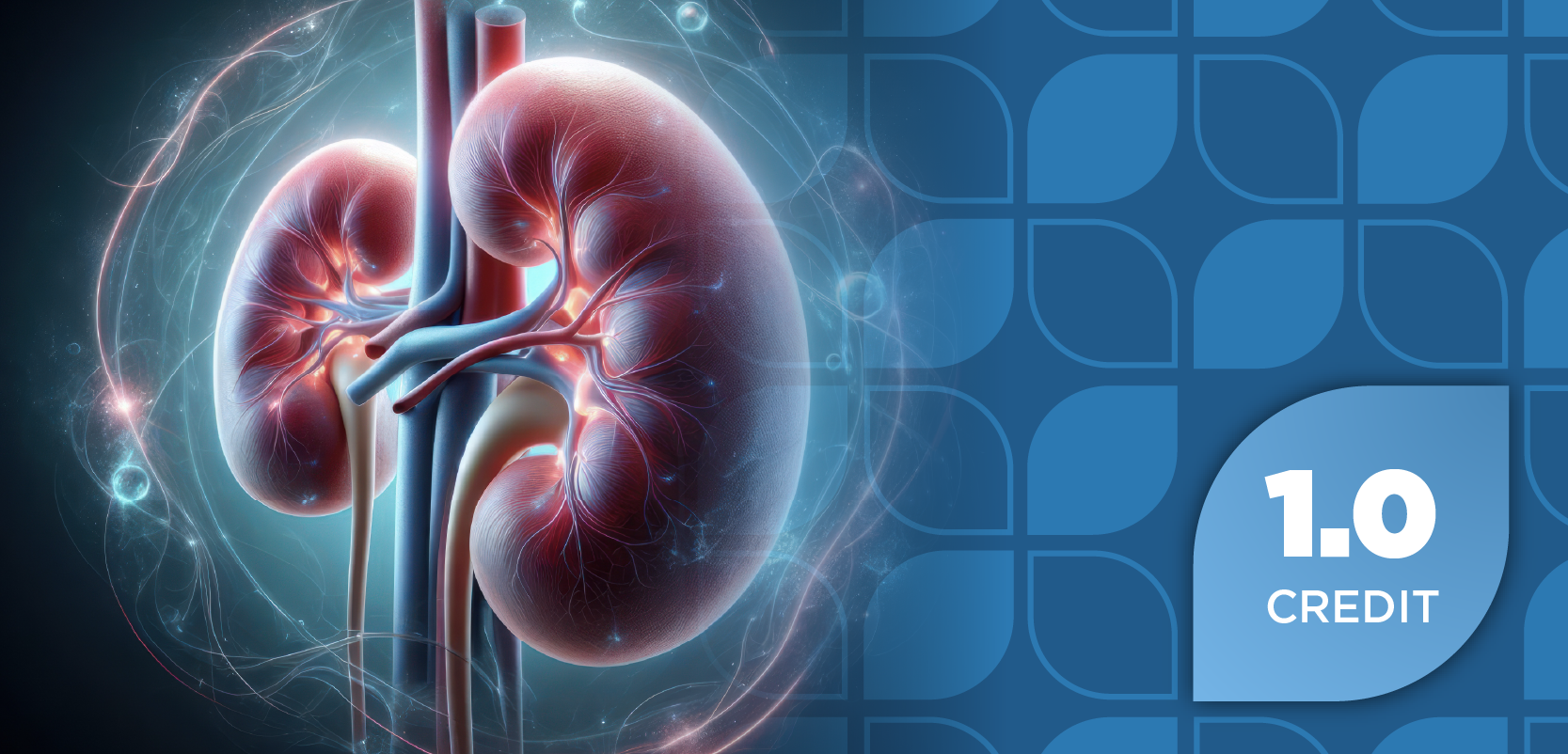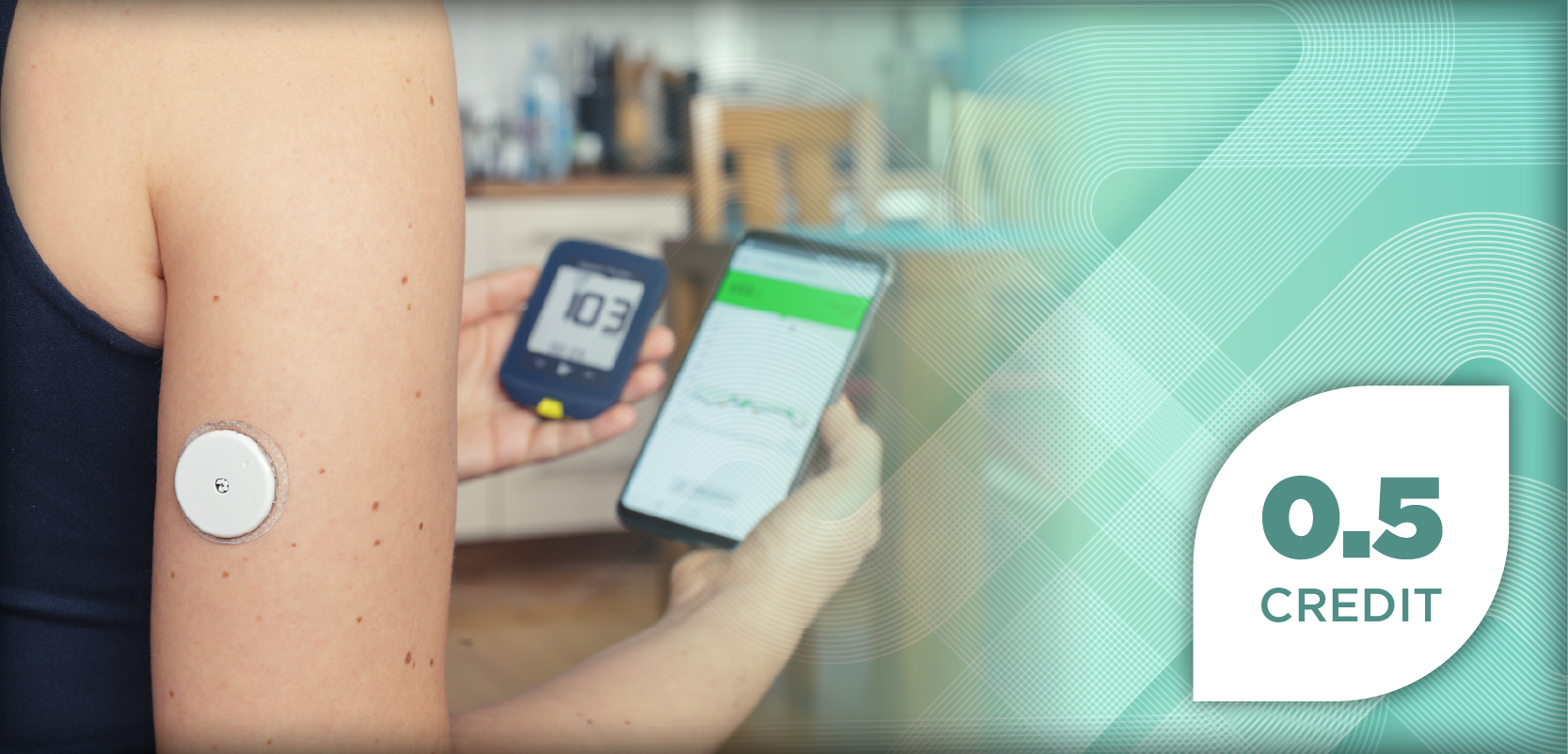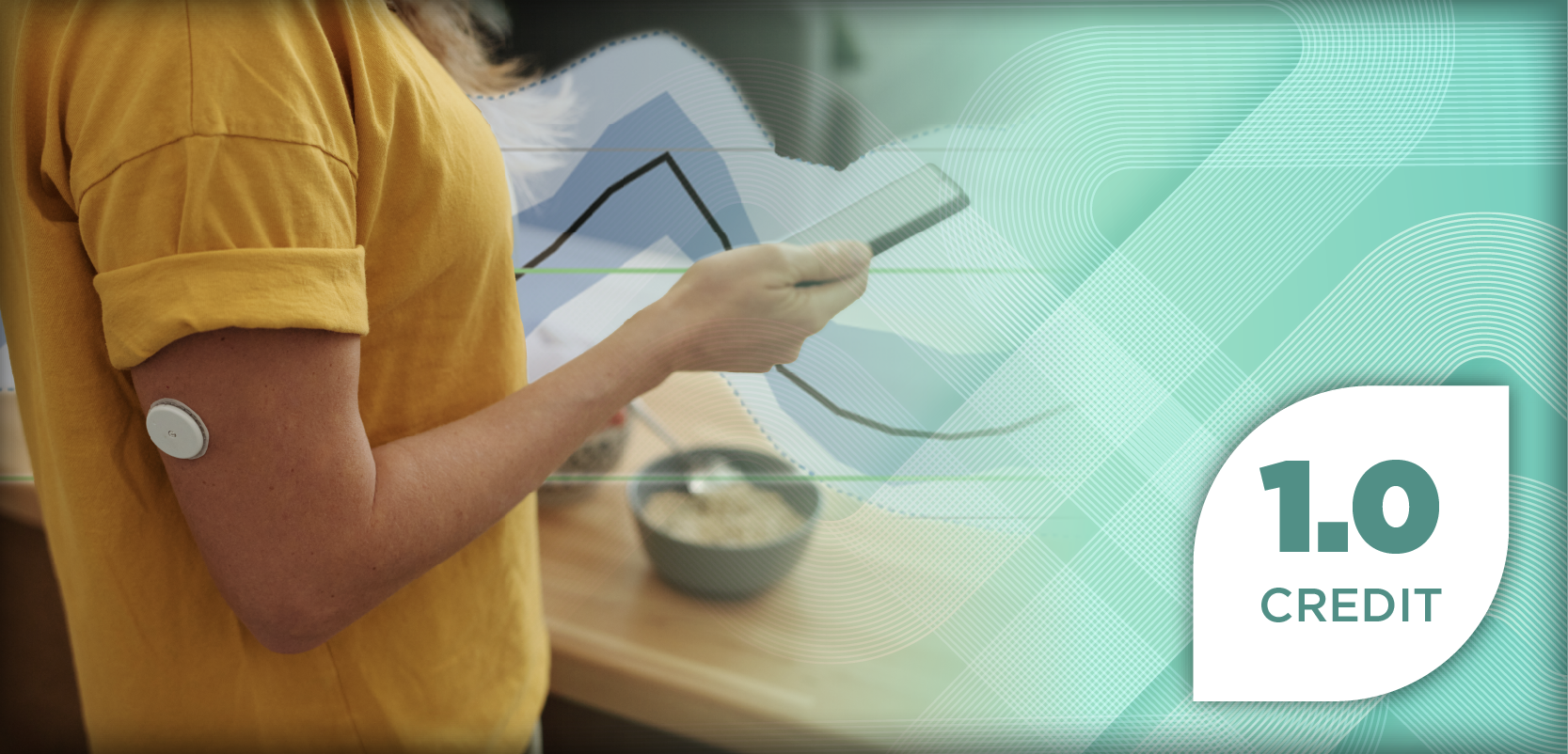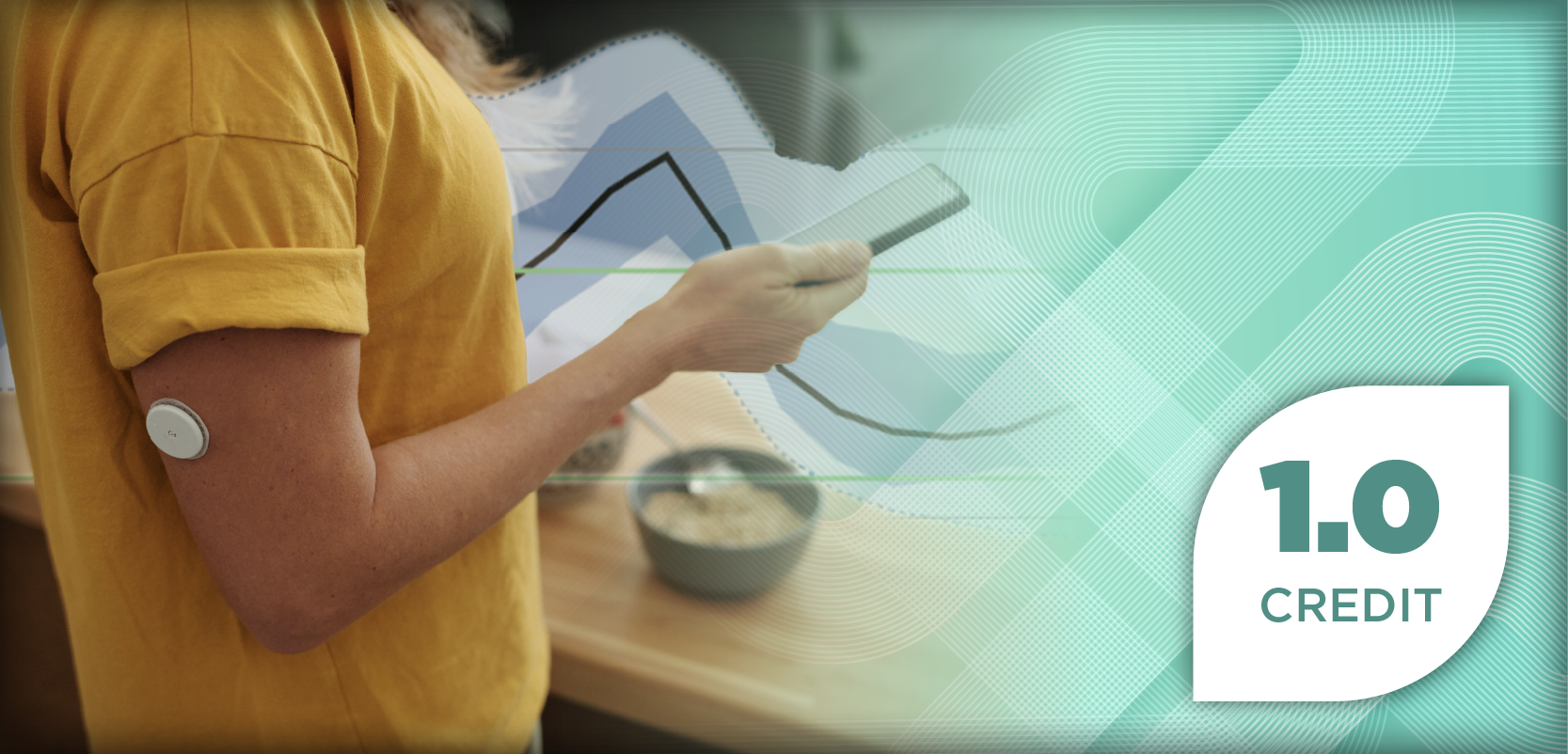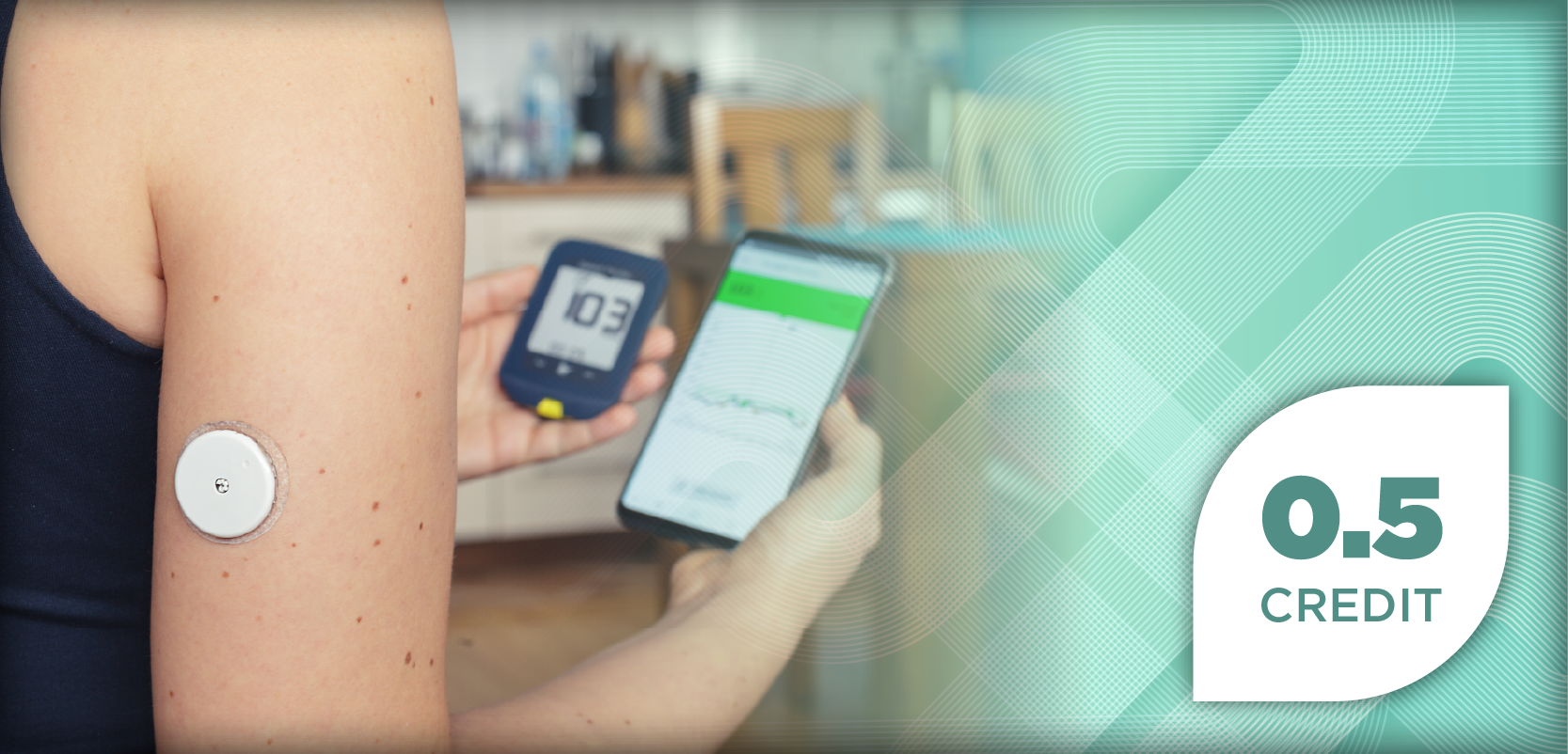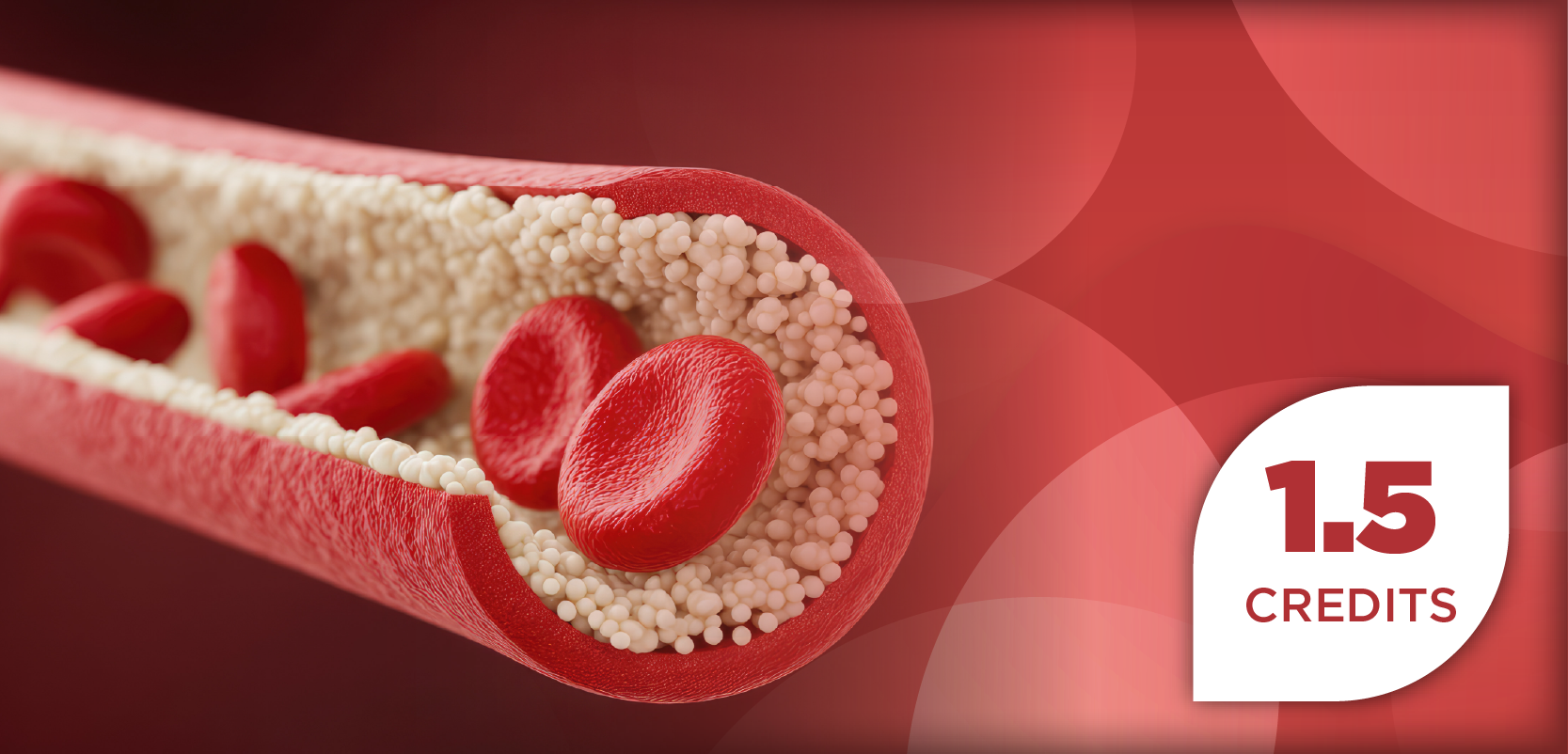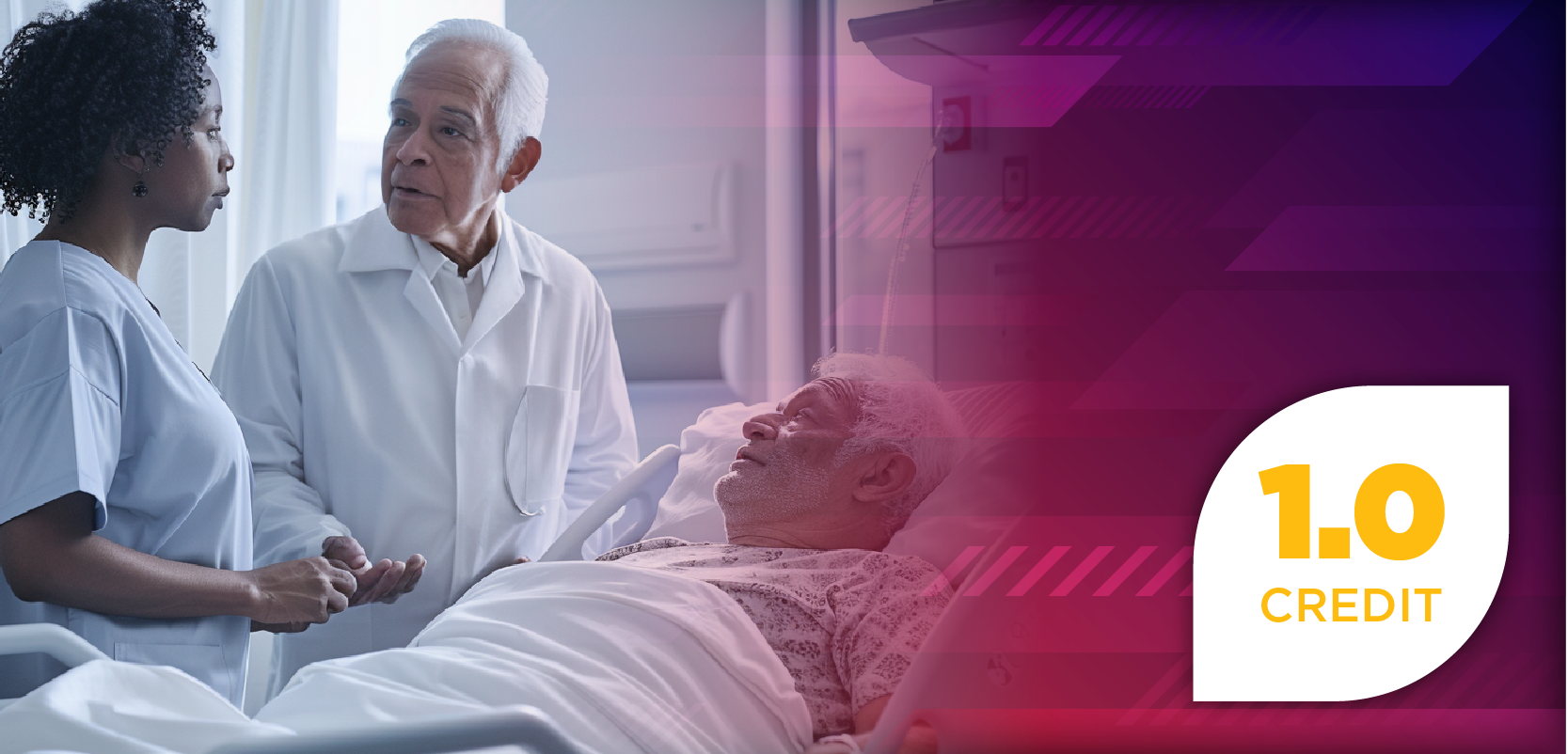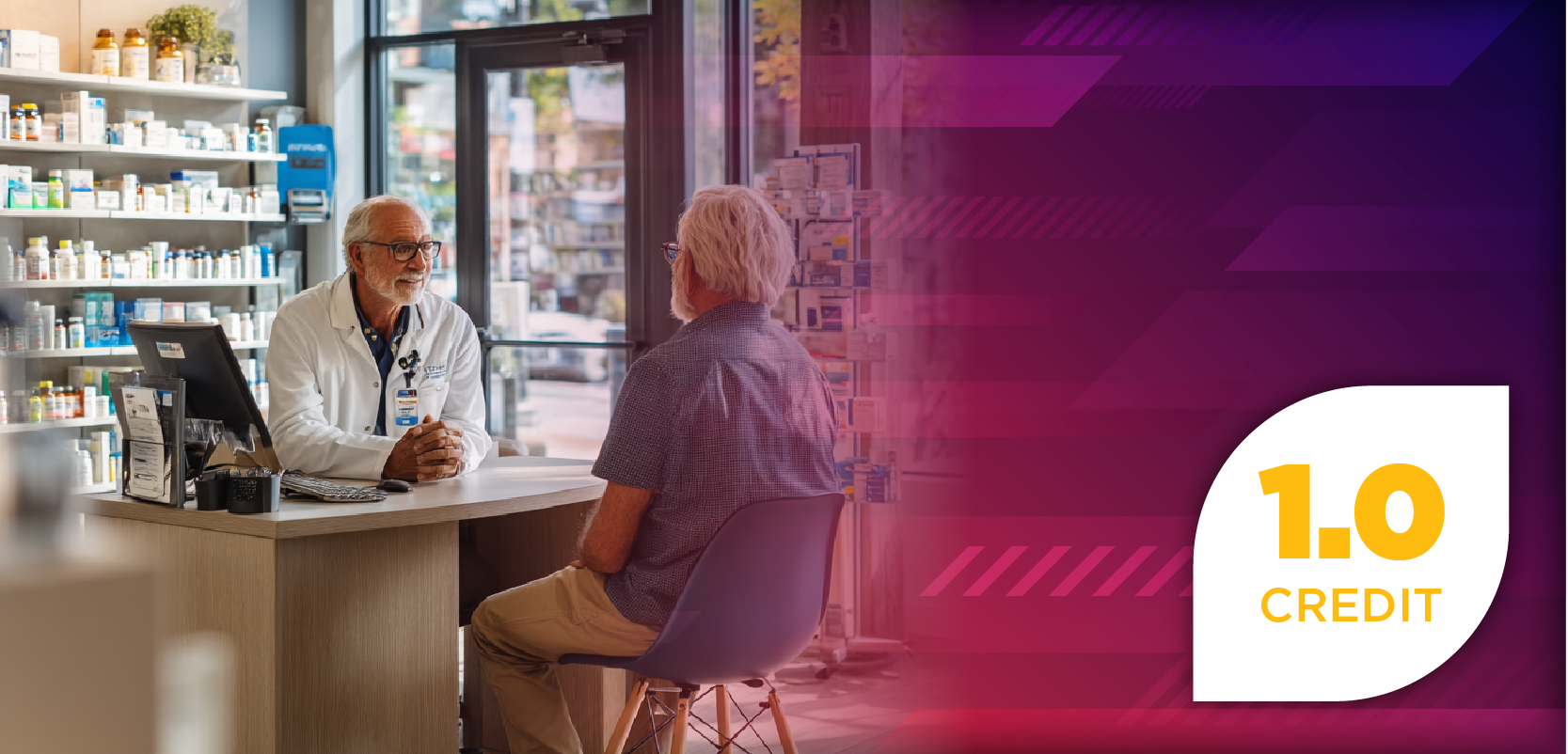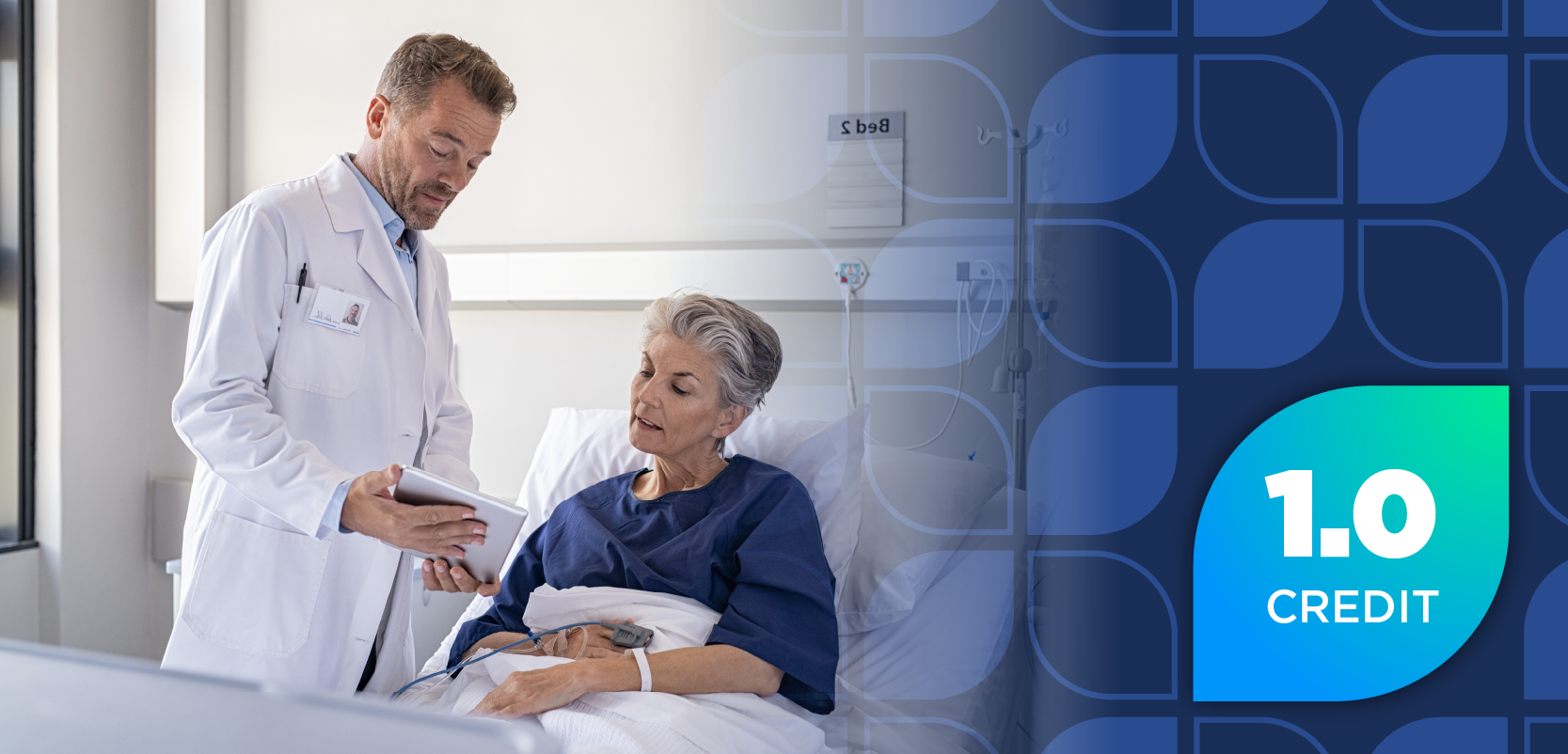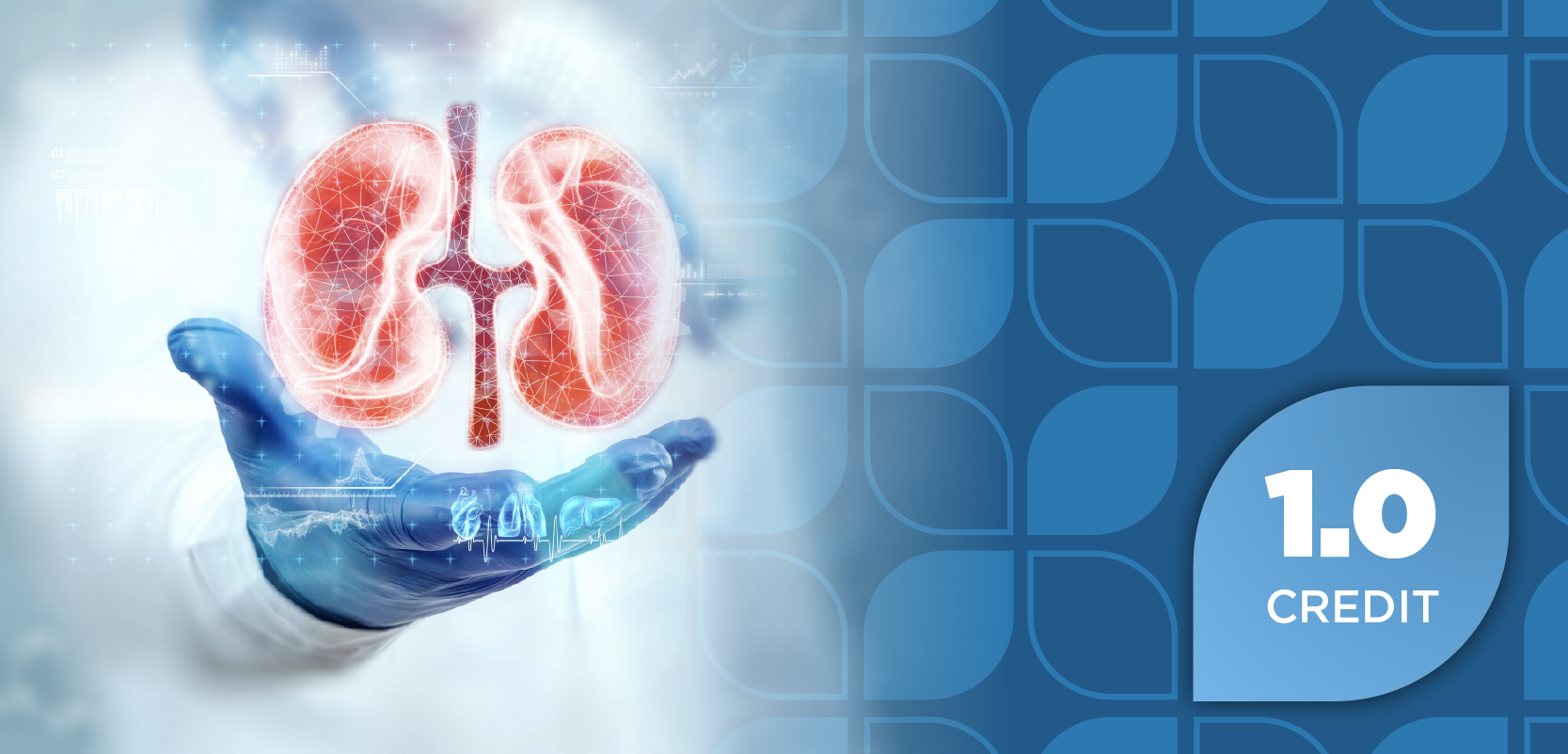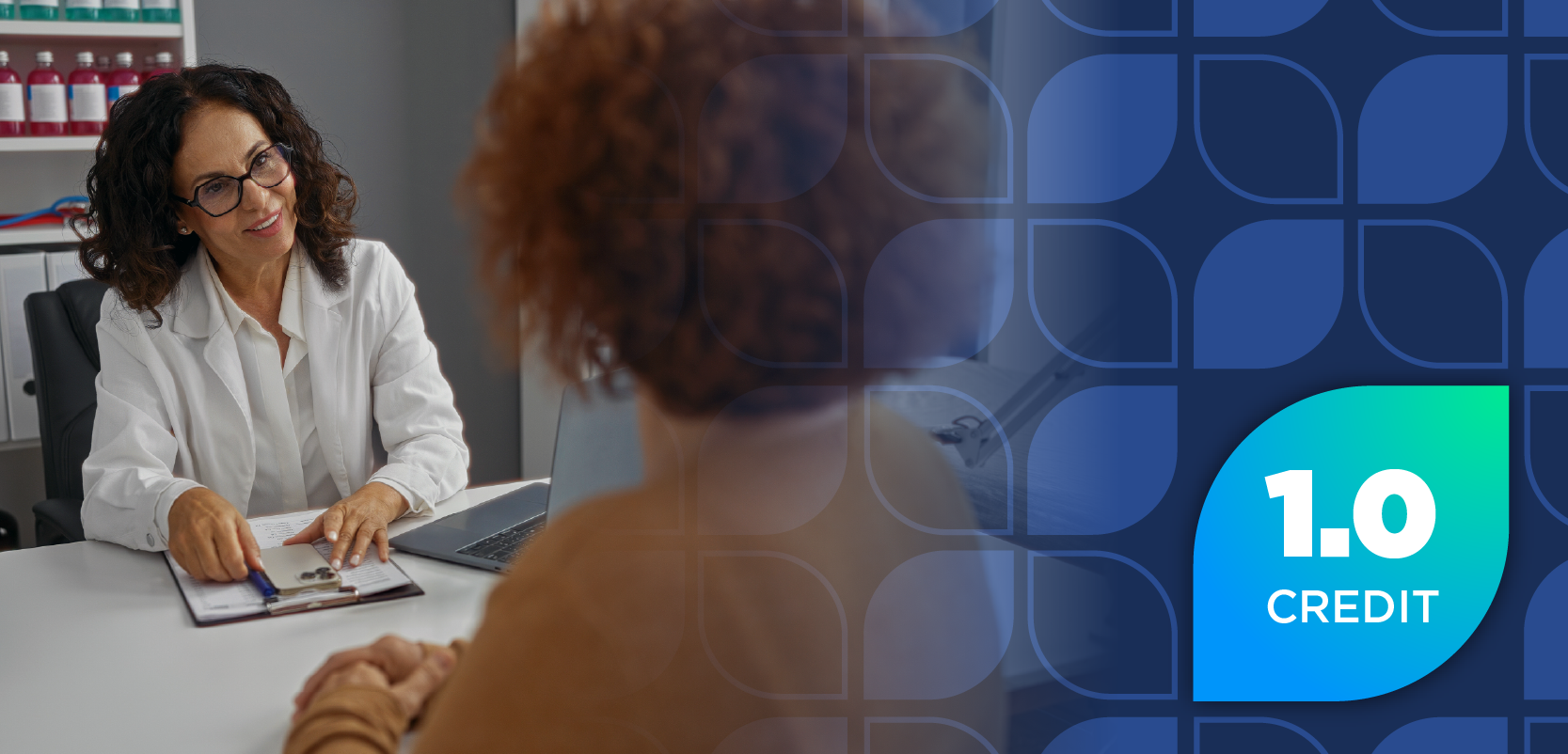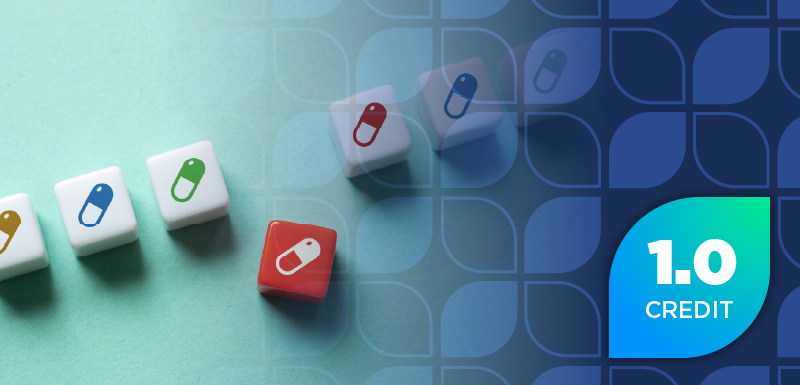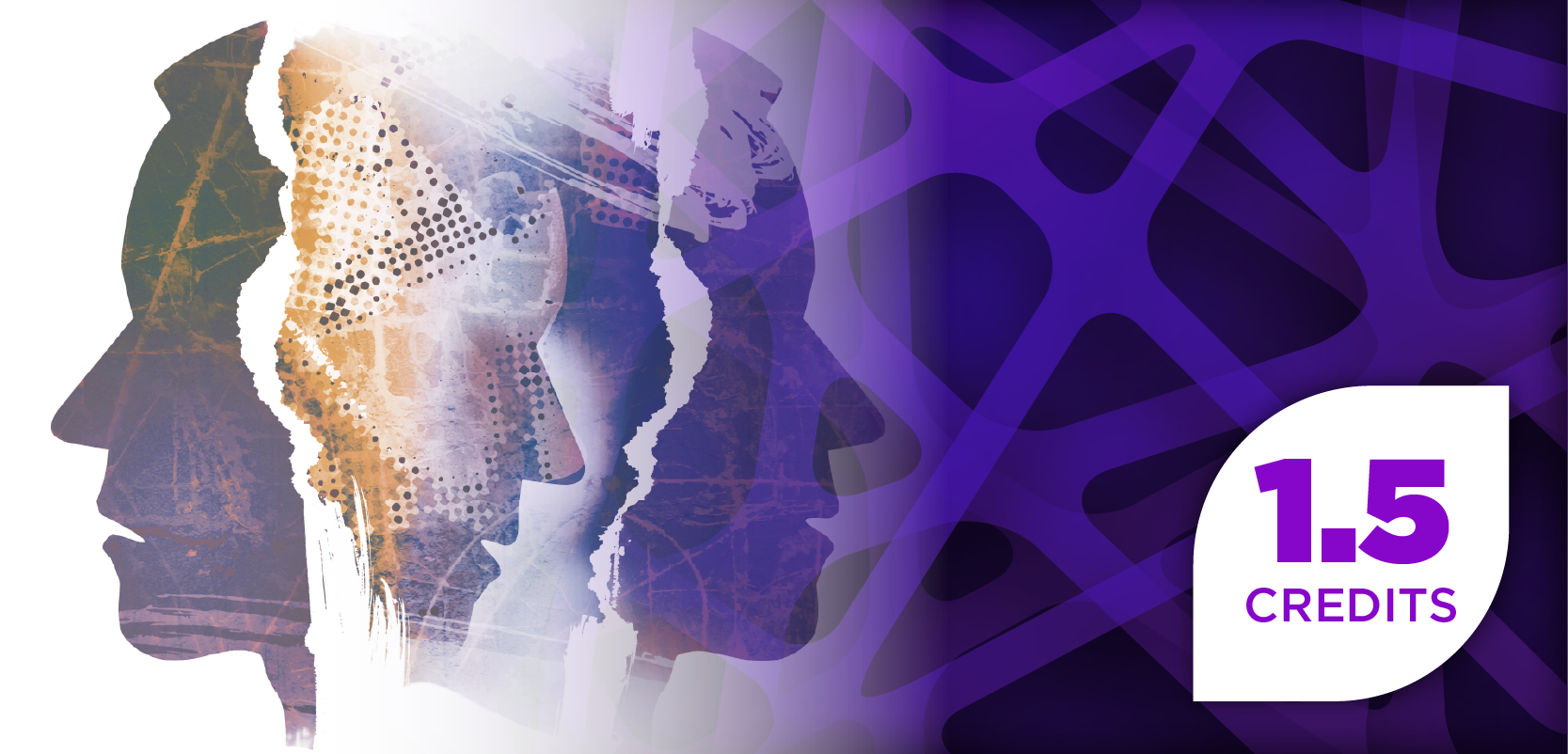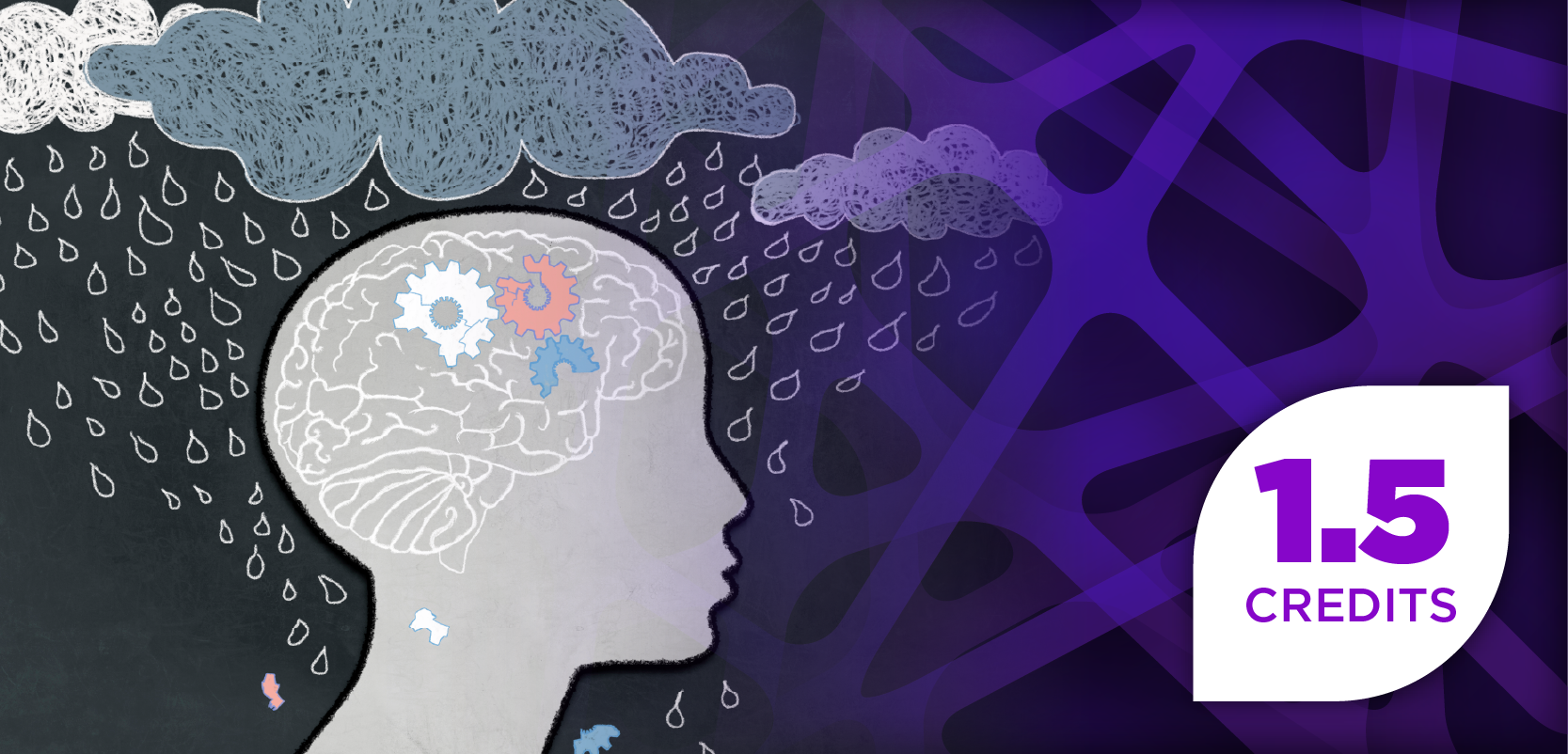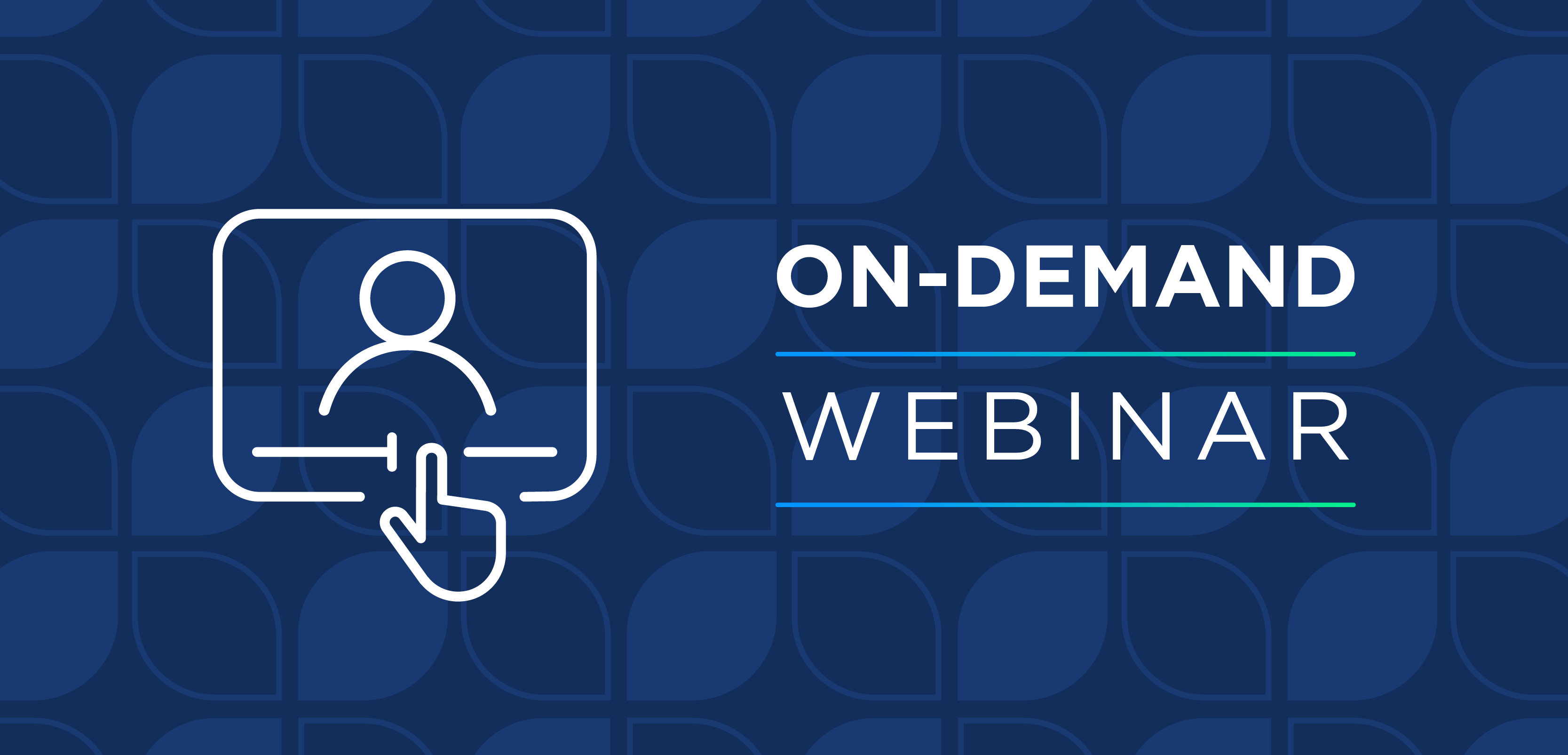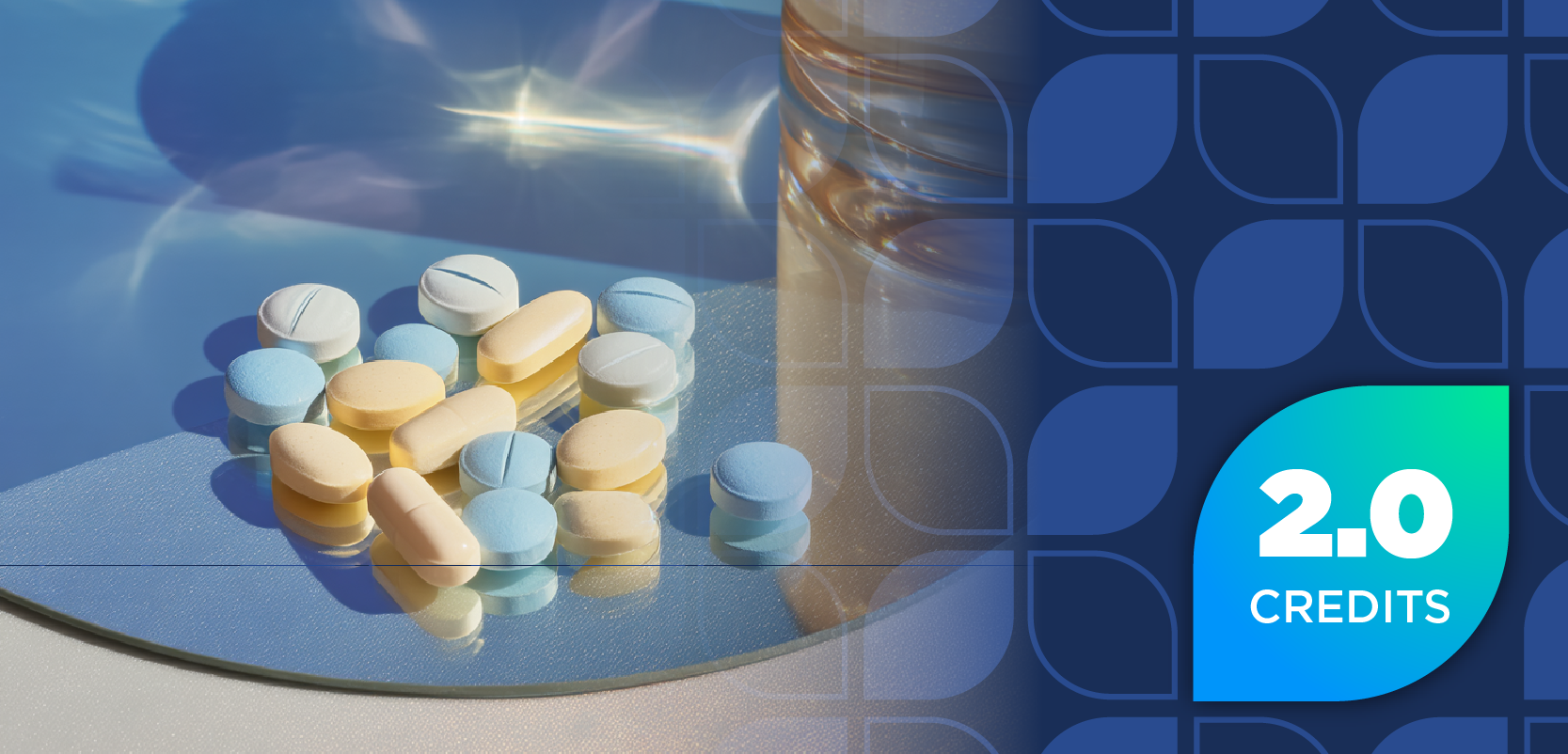
Pharmacists Help Educate Patients on Self-Care, OTC Interventions
Pharmacists can also provide education across all pillars of health, including exercise, wellness, and dietary changes.
The use of self-care can help mitigate expenses of medical needs and expand access to treatment for patients, highlighting the need for investments in self-care programs. Although self-care can refer to OTC medications and interventions, it can also include the pharmacist’s involvement in disease prevention, maintenance of health conditions, and assistance in health challenges, which can often strengthen access to treatment. As the role of the pharmacist continues to evolve, their role in access remains critical for underserved communities and those faced with health disparities.1,2
In a study published in Current Medical Research and Opinions,3 investigators identified social and economic factors that were associated with the burden for self-care as a modality of treatment and prevention. The most common health disorders associated with self-medication included headache, gastric pain, cough and cold, and allergies, and the prevalence was more commonly associated with education, residential segregation, income, employment, and health care access.
“Health disparities are often driven by where you live, what you earn, and the opportunities you have,” Mike Reid, associate professor at the Institute for Global Health Sciences at University of California, San Francisco, said in a news release.1 “This research underscores the urgent need to embed self-care into broader health system strengthening efforts —because when people are given the tools and knowledge to manage their health, we see improvements not just in individual well-being but in entire communities.”
For example, allergic diseases affect 34% of the population but have a disproportionate impact on patients that live with poorer housing conditions and higher levels of pollution, and patients with lower education levels are at higher risk for vaginal infections. Additionally, a significant impact on health includes parental behaviors, such as a child with a father who has a substance use disorder is more at risk for malnutrition.1
Pharmacists are well positioned to counsel patients on whether OTC use is recommended by collecting information, deciding what self-care measures are best suited for patients, and developing a patient-centric plan. For patients with low health literacy, pharmacists play a large role in educating them on negative self-care outcomes as well as improper OTC product use. Clinical services provided by pharmacists may help to expand access to health care for patients in underserved areas.2
In a study published in the Journal of the American Pharmacists Association, a pharmacy in Virginia found that a pharmacist’s intervention for self-care and OTC products helped reduce medication cost and improved patient satisfaction. Furthermore, in a review published in Exploratory Research in Clinical and Social Pharmacy, interventions by a pharmacist helped improve safe dosing for pediatric patients by 58%. Beyond self-care, pharmacists can also provide education across all pillars of health, including exercise, wellness, and dietary changes.2
“Access to health is a fundamental right that requires collaboration and unwavering commitment from all stakeholders,” Emese Csoke, global medical access lead of the consumer health division of Bayer, said in the news release.1 “By addressing health inequalities, we can bridge the gap and ensure equitable health outcomes for everyone. This research highlights the importance of self-care in achieving health equity and calls for responsible and collective action.”
REFERENCES
1. New Publication Reveals the Impact of Socioeconomic Factors on Health Outcomes and Importance of Self-Care. News release. Bayer. March 25, 2025. Accessed April 4, 2025. https://www.bayer.com/en/us/news-stories/impact-of-socioeconomic-factors-on-health-outcomes-and-importance-of-self-care
2. Straw A, Mills J, Winters R, Van de Roovaart H, Chen AMH. Community pharmacies and the empowerment of self-care in the United States. Explor Res Clin Soc Pharm. 2023;10:100266. Published 2023 Apr 14. doi:10.1016/j.rcsop.2023.100266
3. Silva S, Csőke E, Ng C, et al. Impact of socioeconomic determinants on outcomes of eight select conditions for which self-care is a modality for prevention and treatment: a scoping review. Curr Med Res Opin. 2024;40(11):1921-1933. doi:10.1080/03007995.2024.2417752
4. Schimmelfing JT, Brookhart AL, Fountain KMB, Goode JKR. Pharmacist intervention in patient selection of nonprescription and self-care products. J Am Pharm Assoc (2003). 2017;57(1):86-89.e1. doi:10.1016/j.japh.2016.08.017
Newsletter
Pharmacy practice is always changing. Stay ahead of the curve with the Drug Topics newsletter and get the latest drug information, industry trends, and patient care tips.

